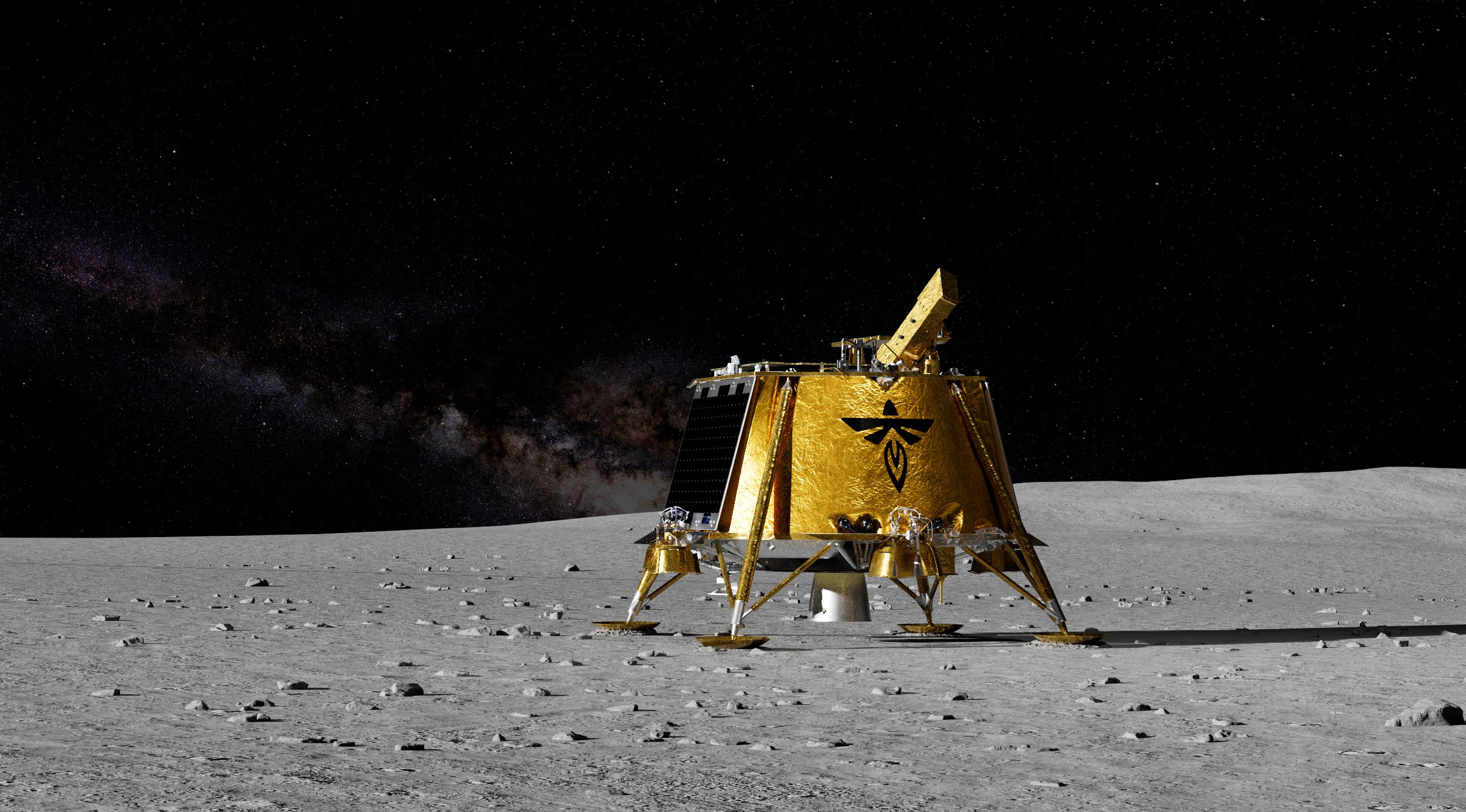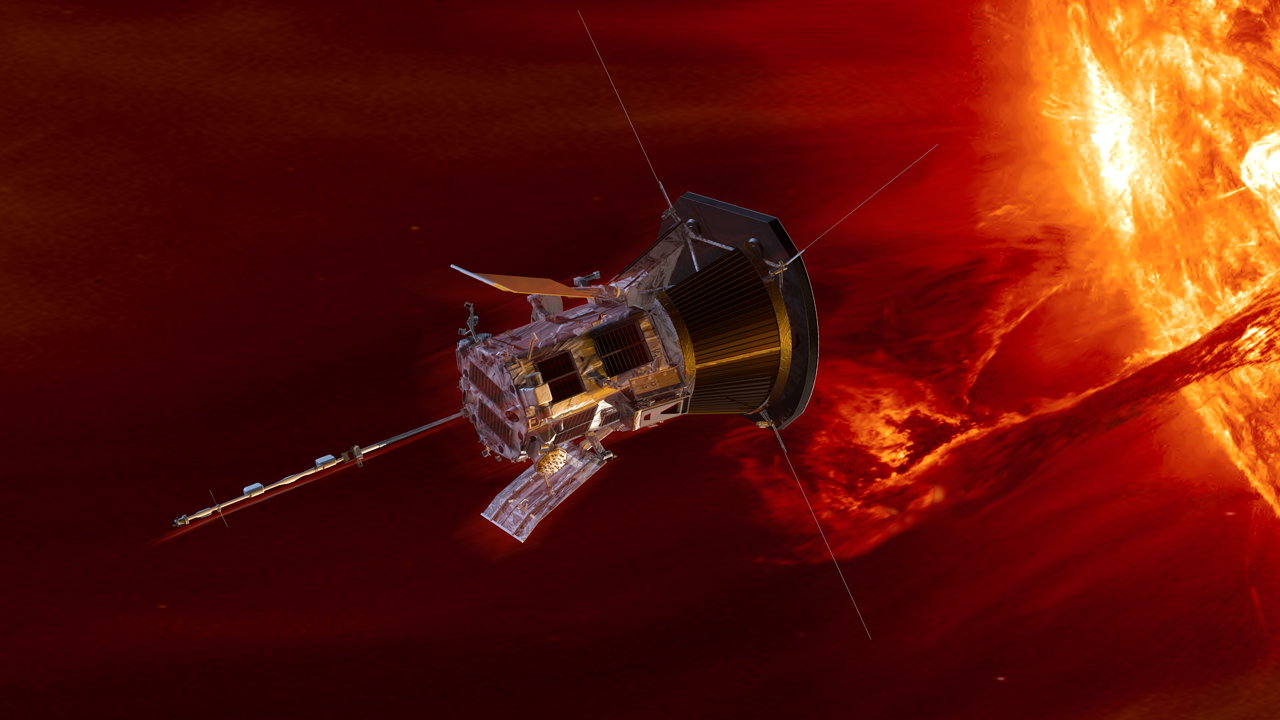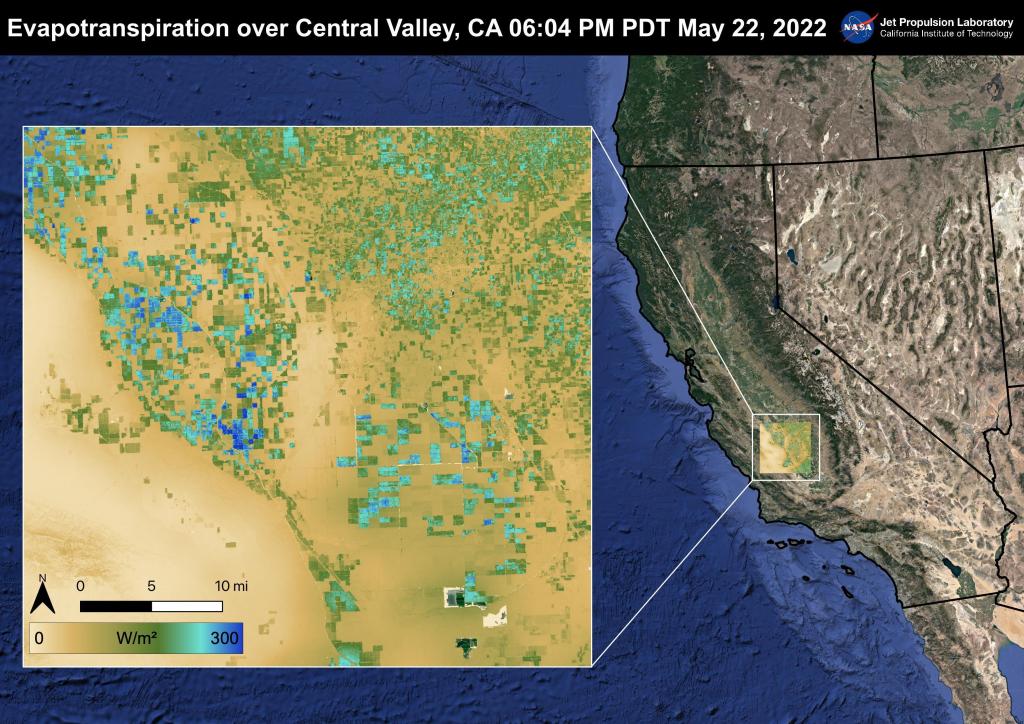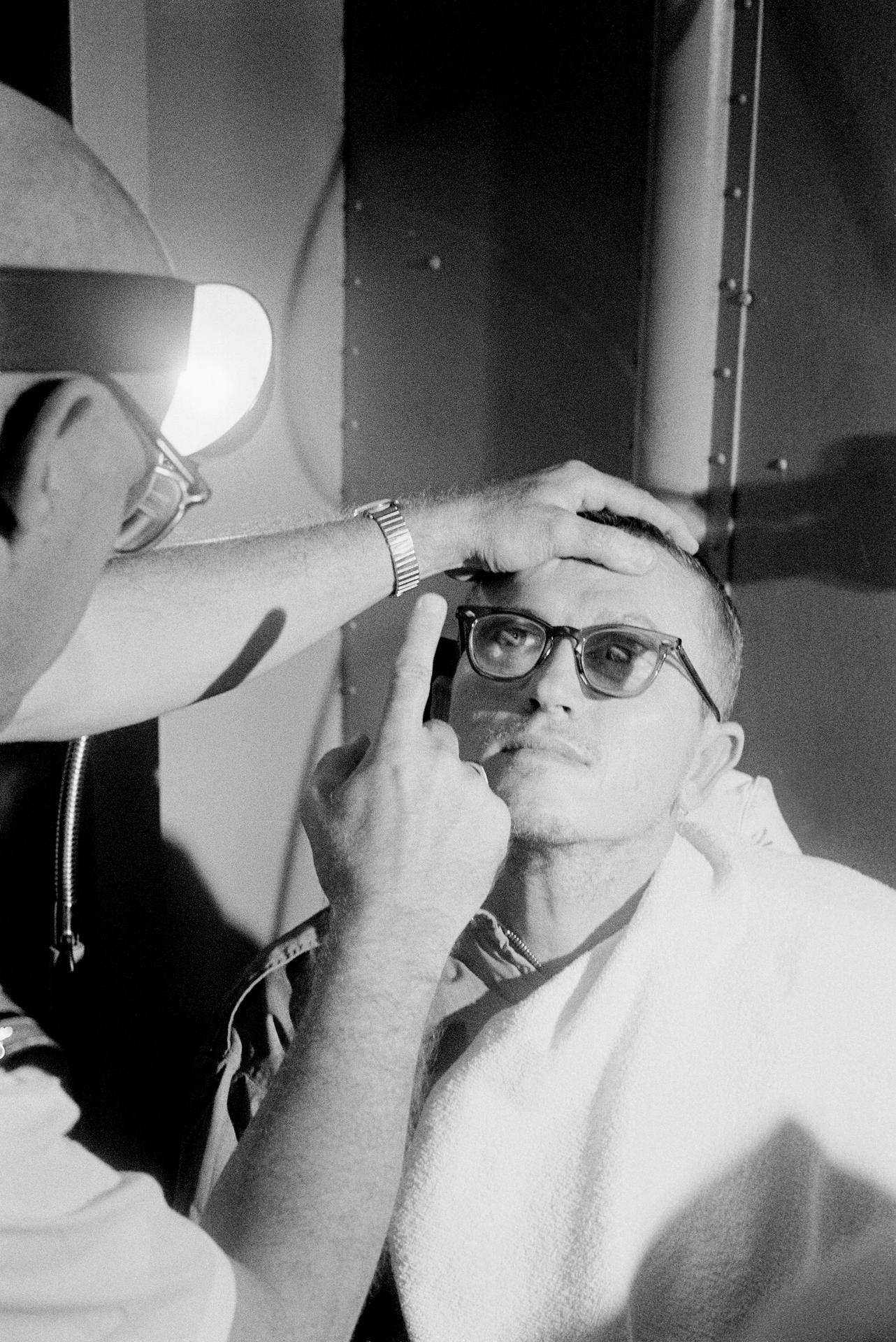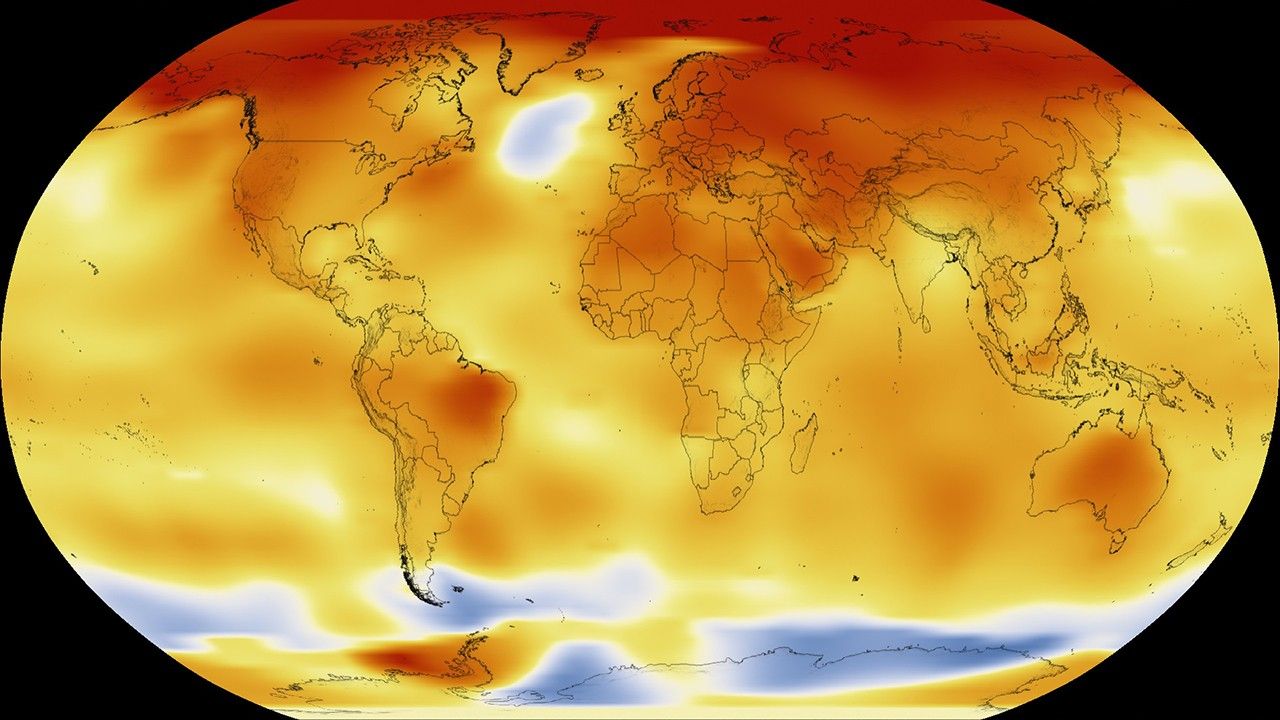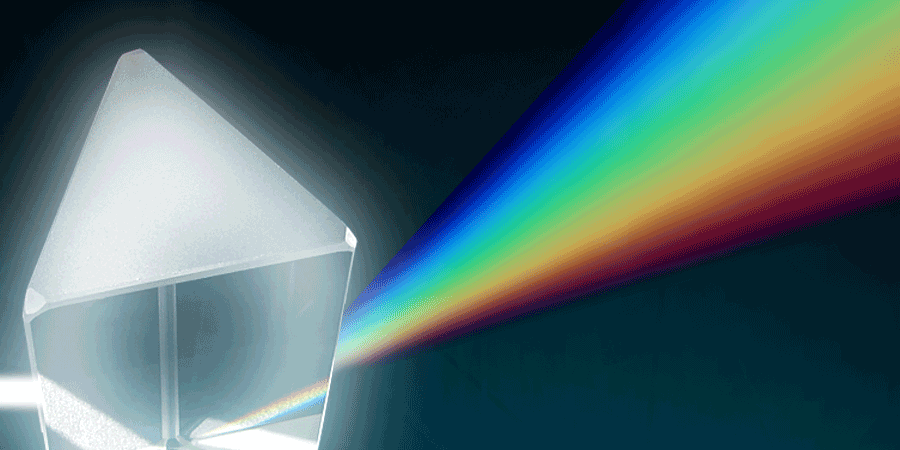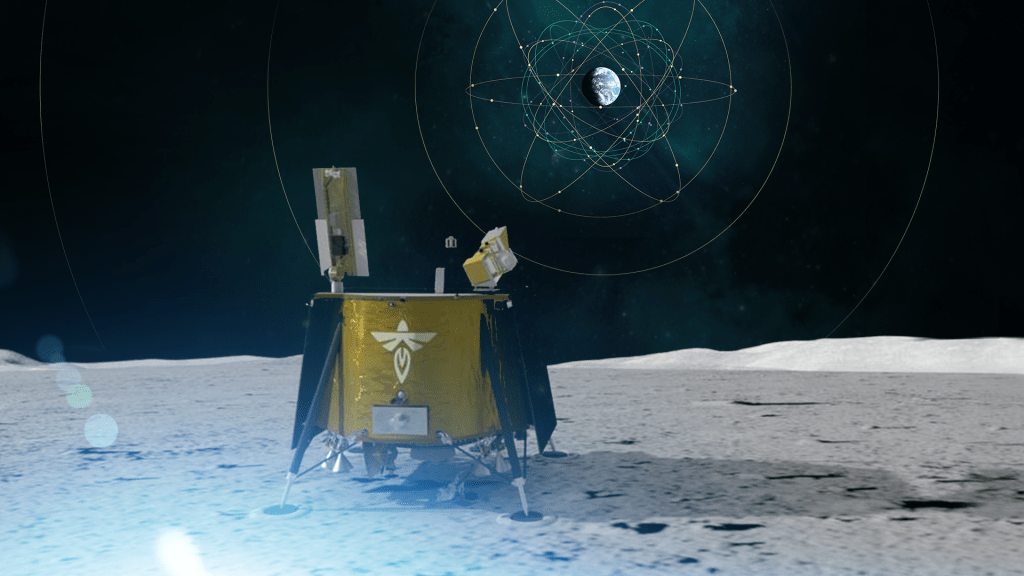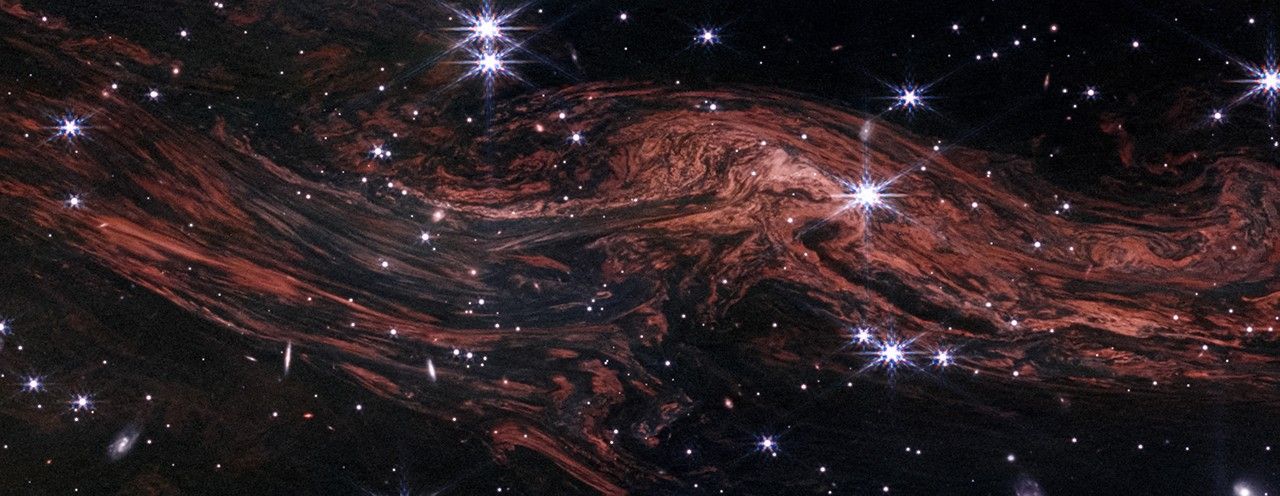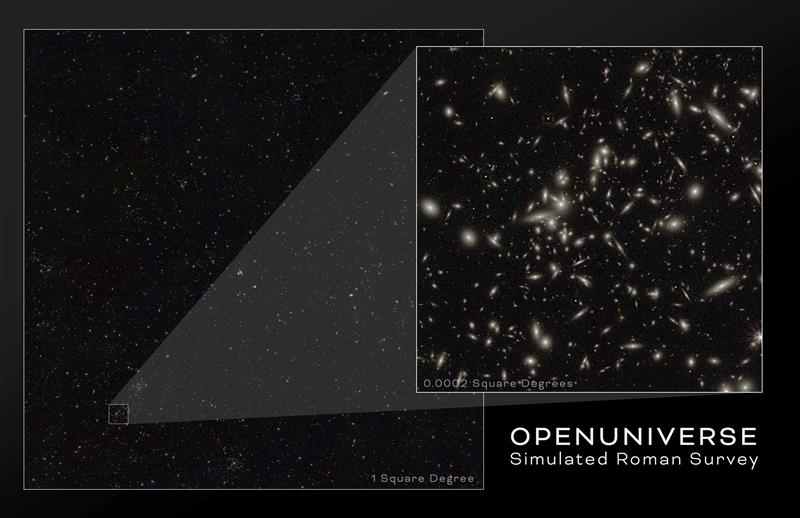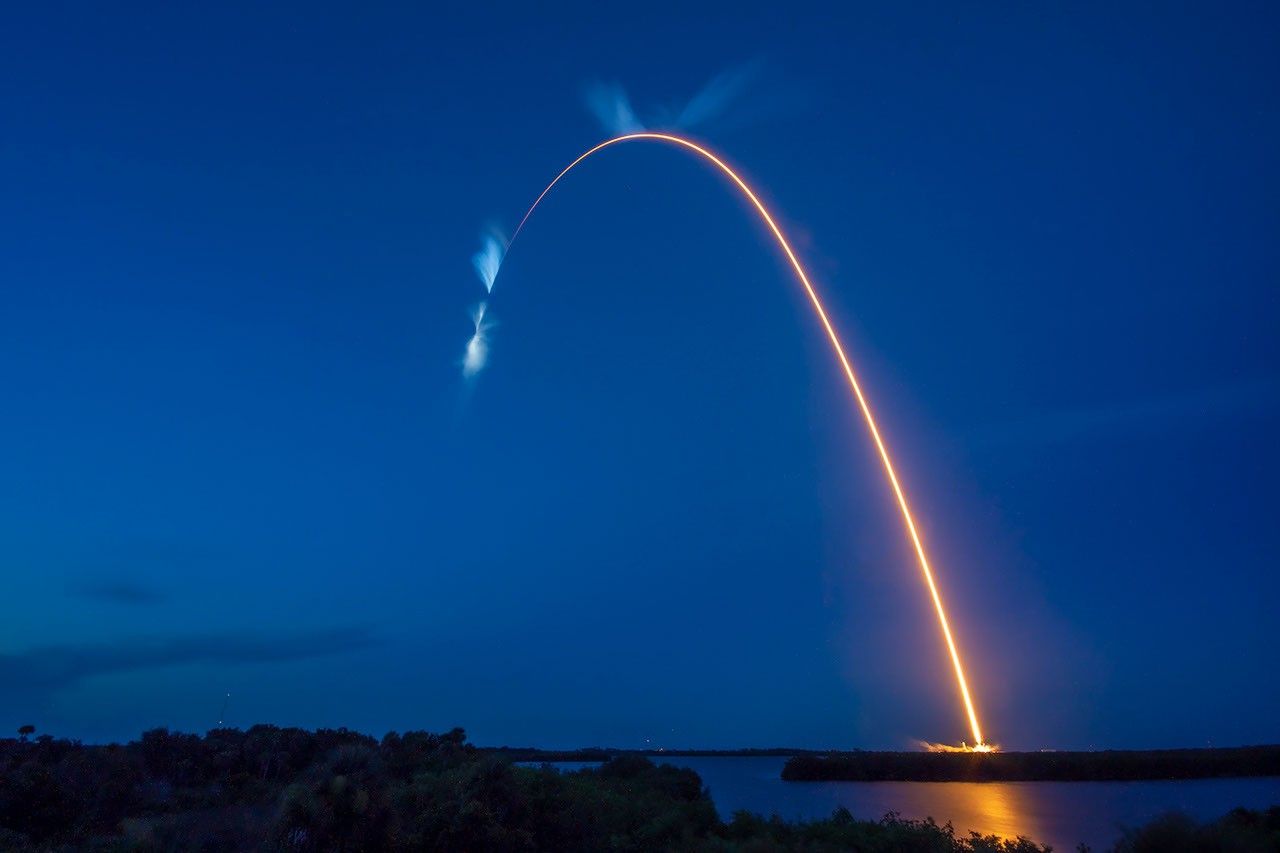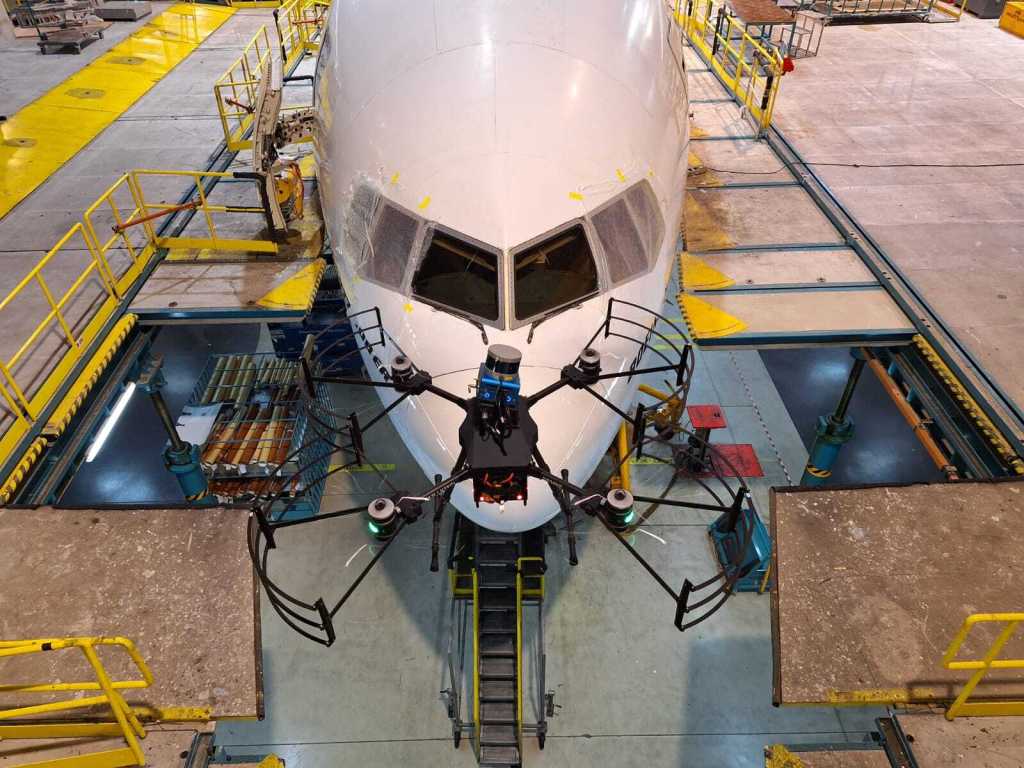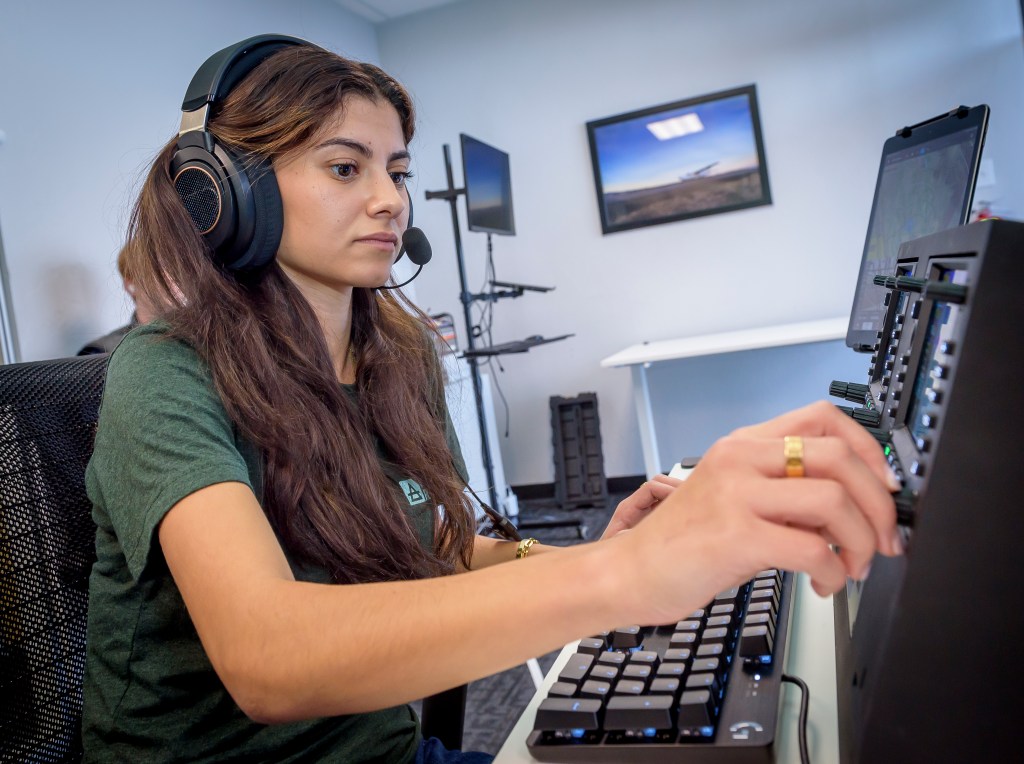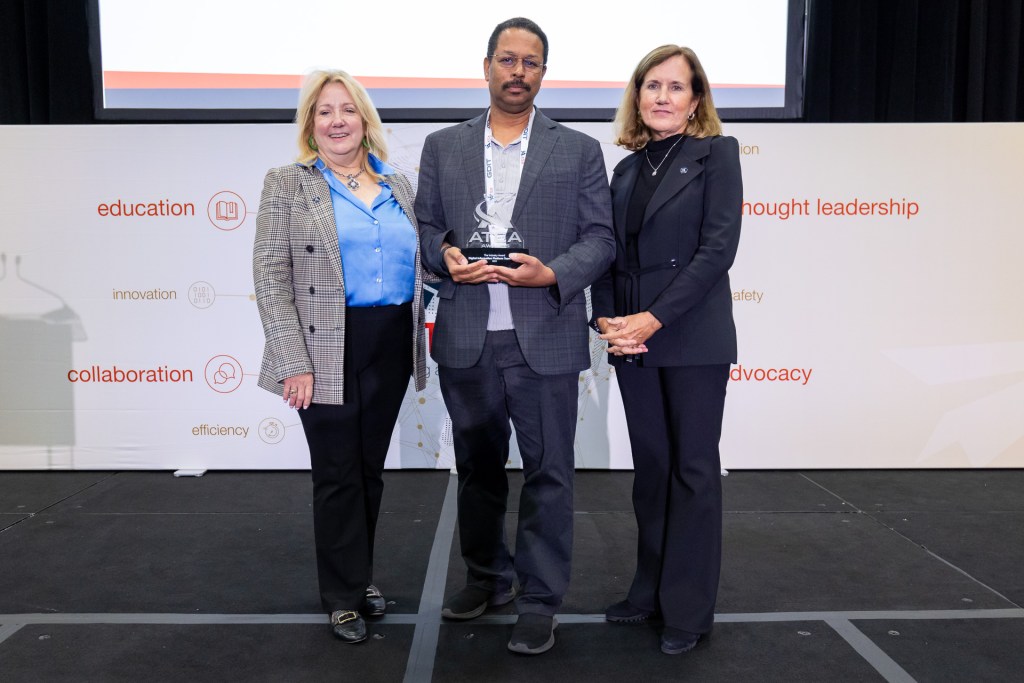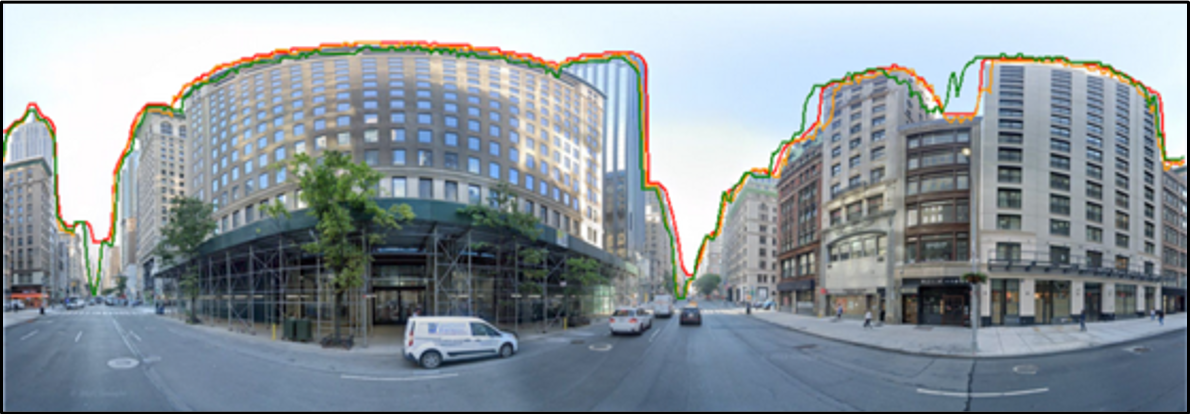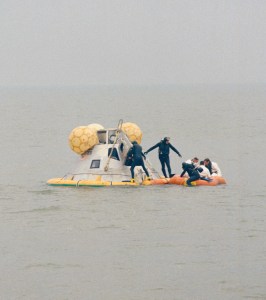On Aug. 27, 1984, President Ronald W. Reagan announced the Teacher in Space project as part of NASA’s Space Flight Participant Program to expand the space shuttle experience to a wider set of private citizens who would communicate the experience to the public. From 11,000 teacher applicants, each of the 50 states and territories selected two nominees for a total of 114. After meeting with each candidate, a review panel narrowed the field down to 10 finalists. These 10 underwent interviews and medical examinations. A senior review panel recommended S. Christa McAuliffe as the prime Teacher in Space to fly with the STS-51L crew, with Barbara R. Morgan as her backup. Tragically, the Jan. 28, 1986, Challenger accident prevented McAuliffe from realizing her dreams of teaching from space.
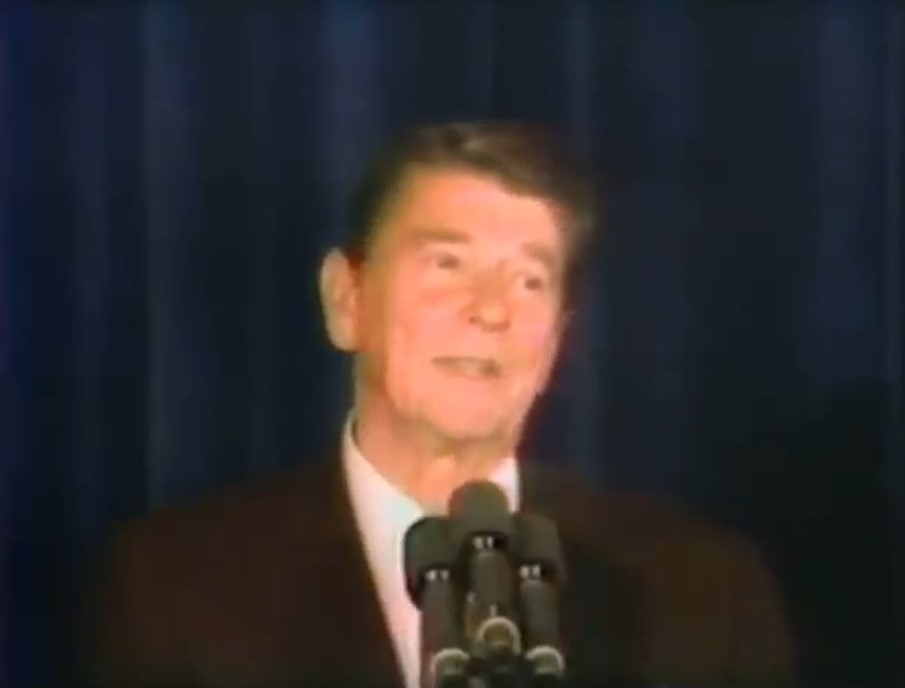
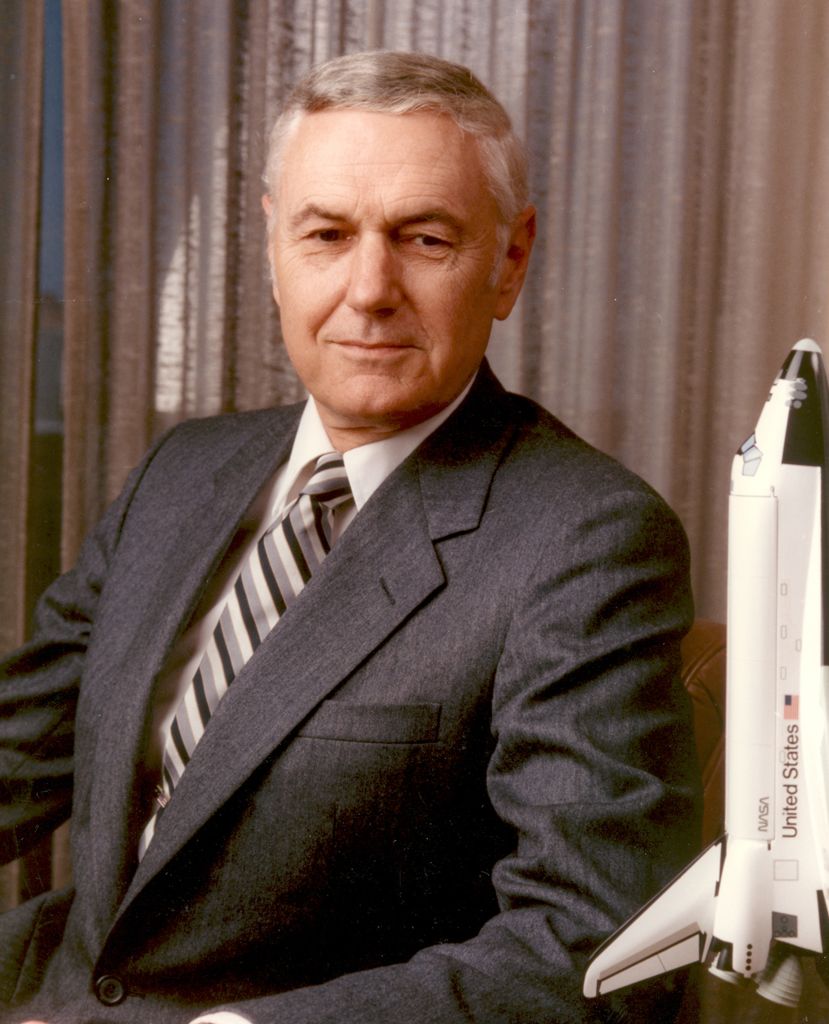

Left: President Ronald W. Reagan announces the Teacher in Space project in 1984.Middle: NASA Administrator James M. Beggs. Right: Official emblem of the Teacher in Space project.
During a ceremony at the Department of Education recognizing outstanding public secondary schools, President Reagan announced the Teacher in Space project, saying,
It’s long been a goal of our space shuttle to someday carry private citizens in space. Until now, we hadn’t decided who the first citizen passenger would be. But today, I’m directing NASA to begin a search in all of our elementary and secondary schools, and to choose as the first citizen passenger in the history of our space program, one of America’s finest – a teacher. When that shuttle takes off, all of America will be reminded of the crucial role that teachers and education play in the life of our nation.
Later that day, NASA Administrator James M. Beggs held a news conference at NASA Headquarters in Washington, D.C., and provided more details, saying that although a teacher would lead off the Space Flight Participant Program, future selections would include journalists, poets, and artists. NASA released an Announcement of Opportunity on Nov. 8 detailing the requirements for teacher applicants and setting the target launch date of early 1986. From the approximately 11,000 applications received by the Feb. 1, 1985, deadline, the Council of Chief State School Officers coordinated the selection process, working with state, territorial, and agency review panels. On May 3, they announced the 114 nominees, two from each U.S. state, the District of Columbia, Puerto Rico, the U.S. Virgin Islands, Guam, Departments of Defense and State overseas schools, and Bureau of Indian Affairs schools. The nominees attended a workshop in Washington, D.C., June 22-27 focused on space education, because even those not selected planned to serve as space ambassadors for NASA. Each nominee met with the National Review Panel that selected the 10 finalists, announced on July 1.
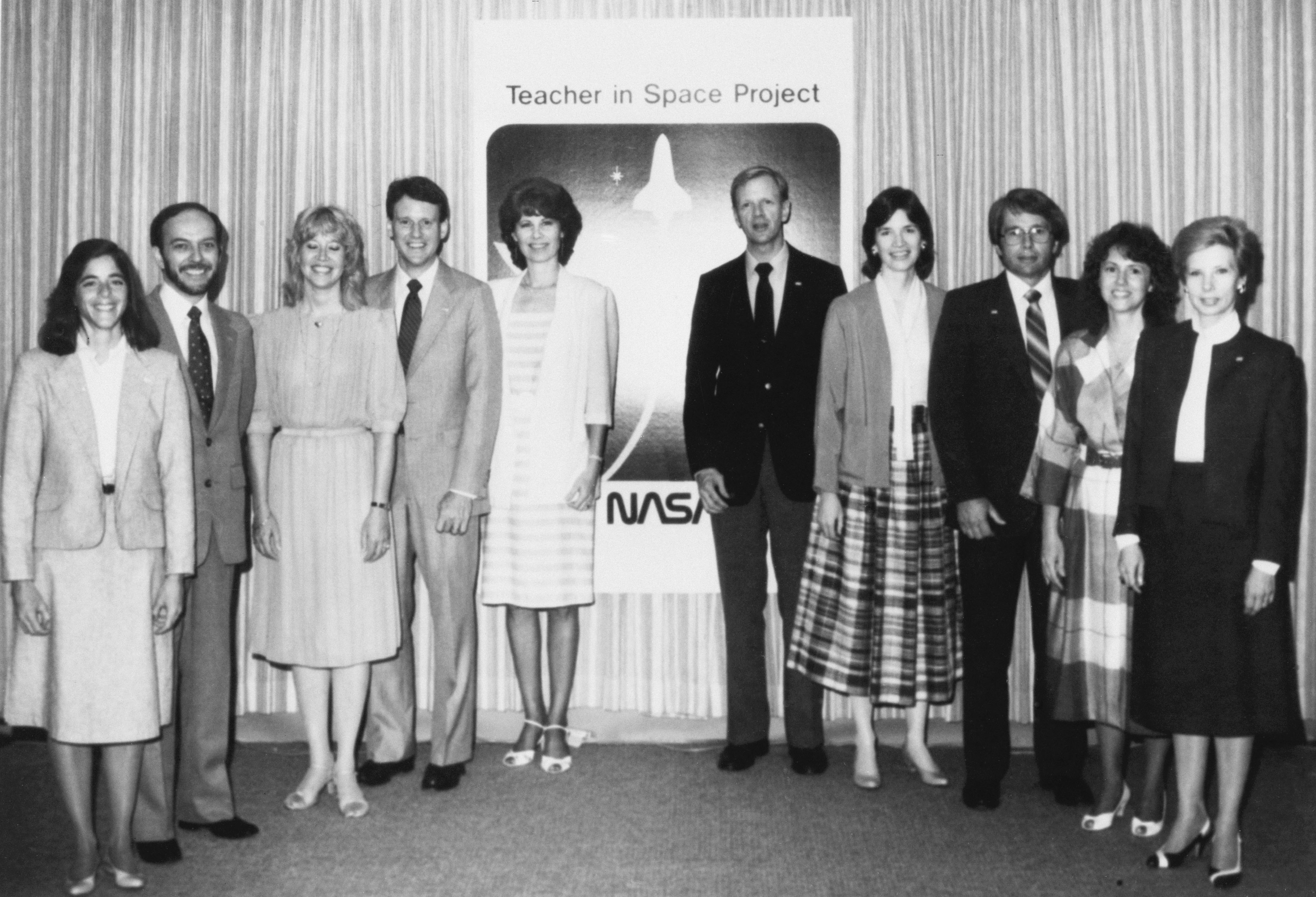
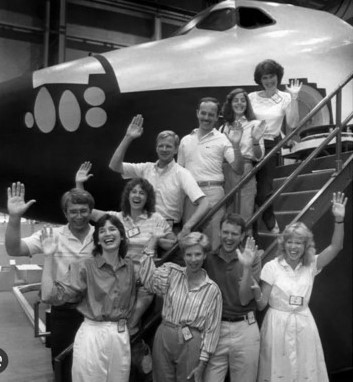
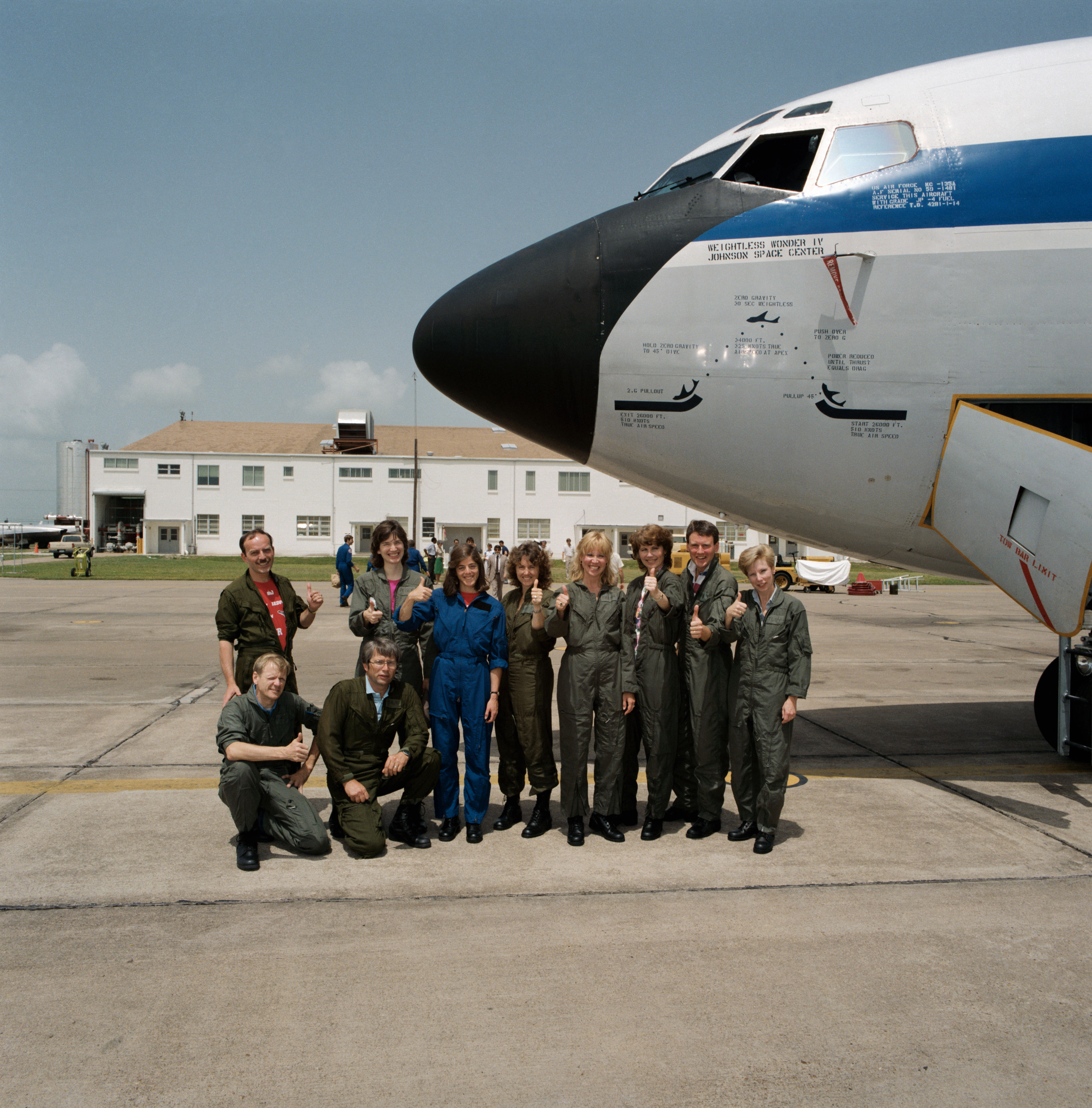
Left: The 10 Teacher in Space finalists during their visit to NASA’s Johnson Space Center (JSC) in Houston in July 1985. Middle: As part of their orientation, the 10 finalists toured JSC’s space shuttle mockups. Right: The 10 finalists experienced brief periods of weightlessness aboard NASA’s KC-135 aircraft.
The 10 finalists spent the week of July 7 at NASA’s Johnson Space Center (JSC) in Houston. During the week, the finalists underwent medical and psychological examinations, toured JSC’s facilities, and experienced episodes of weightlessness on the KC-135 aircraft. Following a brief stop at NASA’s Marshall Space Flight Center in Huntsville, Alabama, the finalists spent July 15-17 in Washington, D.C., undergoing a series of interviews with the NASA Space Flight Participant Committee, who recommended the Teacher in Space candidate and a backup to NASA Administrator Beggs.
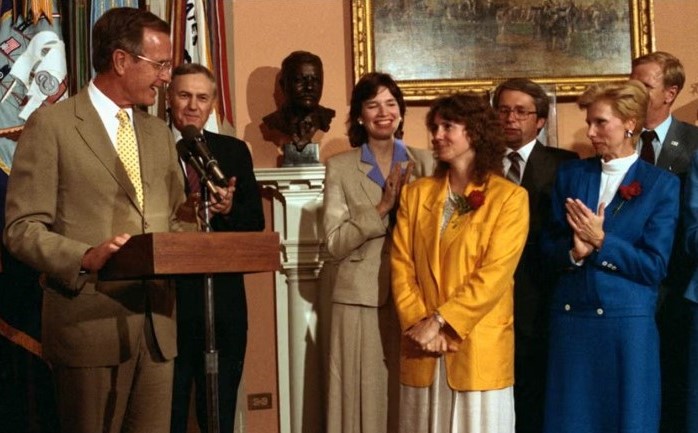
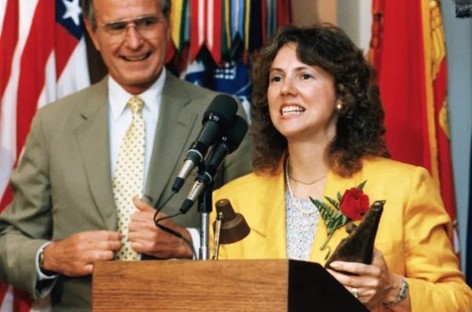
Left: Vice President George H.W. Bush announces the prime, S. Christa McAuliffe, and backup, Barbara R. Morgan, Teacher in Space candidates. Right: McAuliffe addresses the assembled crowd.
On July 19, the 10 finalists assembled in the Roosevelt Room at the White House. Following Administrator Beggs’ introductory remarks, Vice President George H.W. Bush announced the Teacher in Space winners – S. Christa McAuliffe, a high school social studies teacher from Concord, New Hampshire, and her backup, Barbara R. Morgan, a second-grade teacher from McCall, Idaho. The other eight finalists continued to participate in the project by helping to develop McAuliffe’s lesson plans.
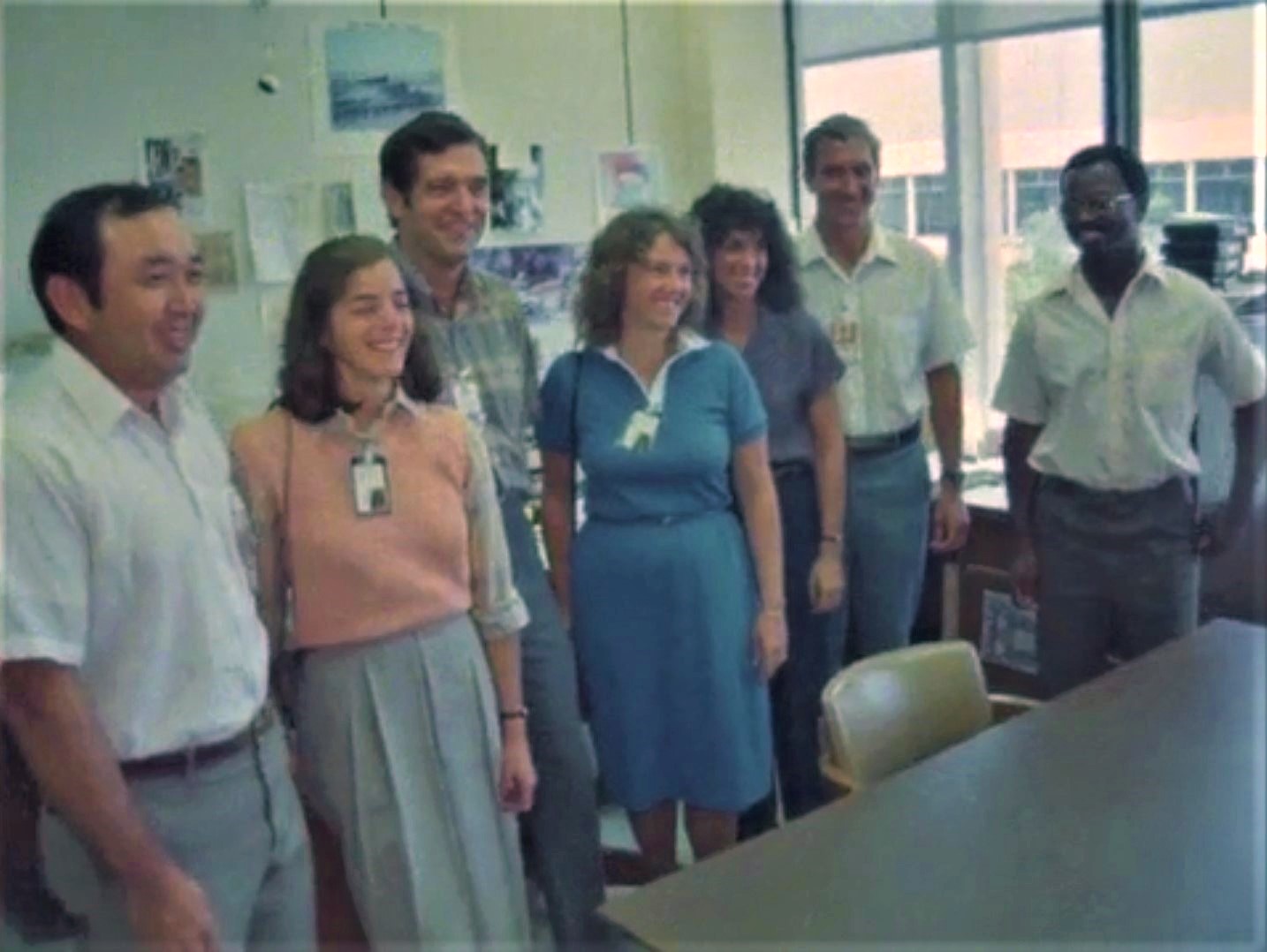

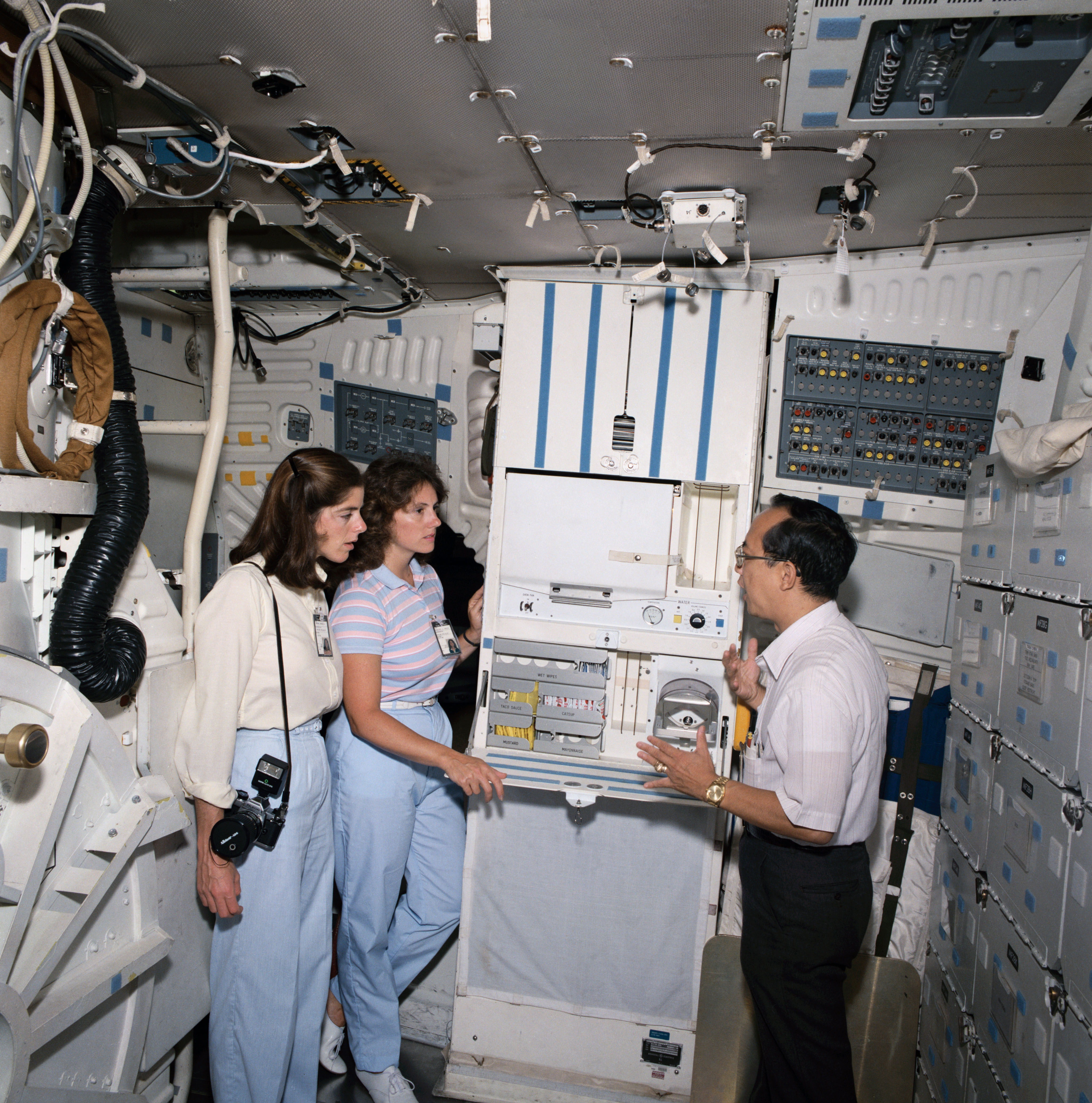
Left: Barbara R. Morgan, second from left, and S. Christa McAuliffe, fourth from left, meet the STS-51L crew at NASA’s Johnson Space Center in Houston. Middle: McAuliffe, left, and Morgan get their first taste of space food. Right: Morgan, left, and McAuliffe receive a briefing on the space shuttle galley.
McAuliffe and Morgan reported to JSC on Sept. 9, 1985, to begin training for their space shuttle mission. Assigned to STS-51L scheduled for January 1986, they met their fellow crewmates Commander Francis R. “Dick” Scobee, Pilot Michael J. Smith, and Mission Specialists Ellison S. Onizuka, Judith A. Resnik, and Ronald E. McNair. Gregory B. Jarvis, a Hughes Aircraft engineer, joined the crew as a second payload specialist in October. Their first week, McAuliffe and Morgan received basic orientation, including fitting for their flight suits and tasting space food. For the next four months, they trained with the rest of the crew on shuttle systems, emergency evacuation drills, and completed flights aboard T-38 jets and the KC-135 weightless aircraft.

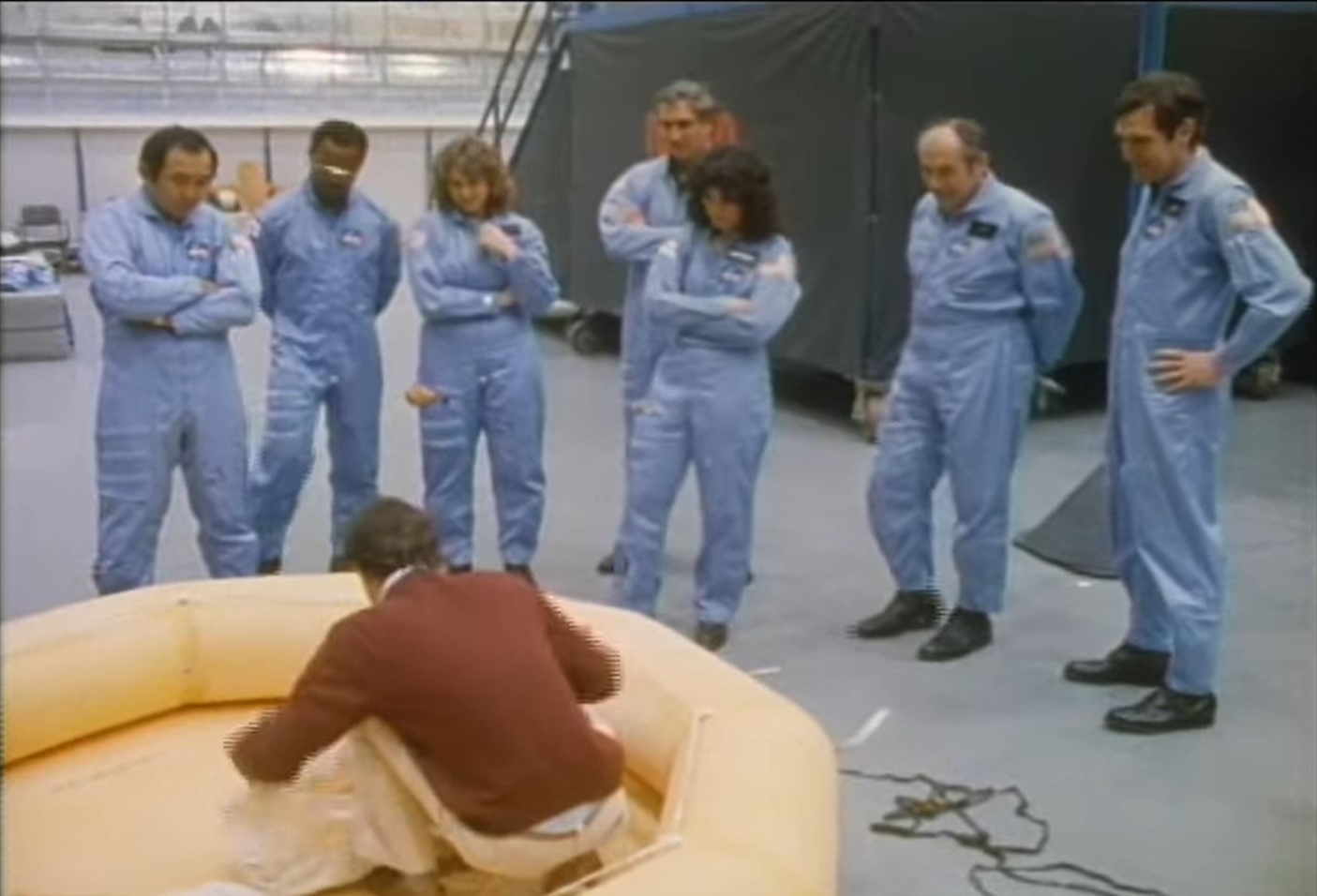
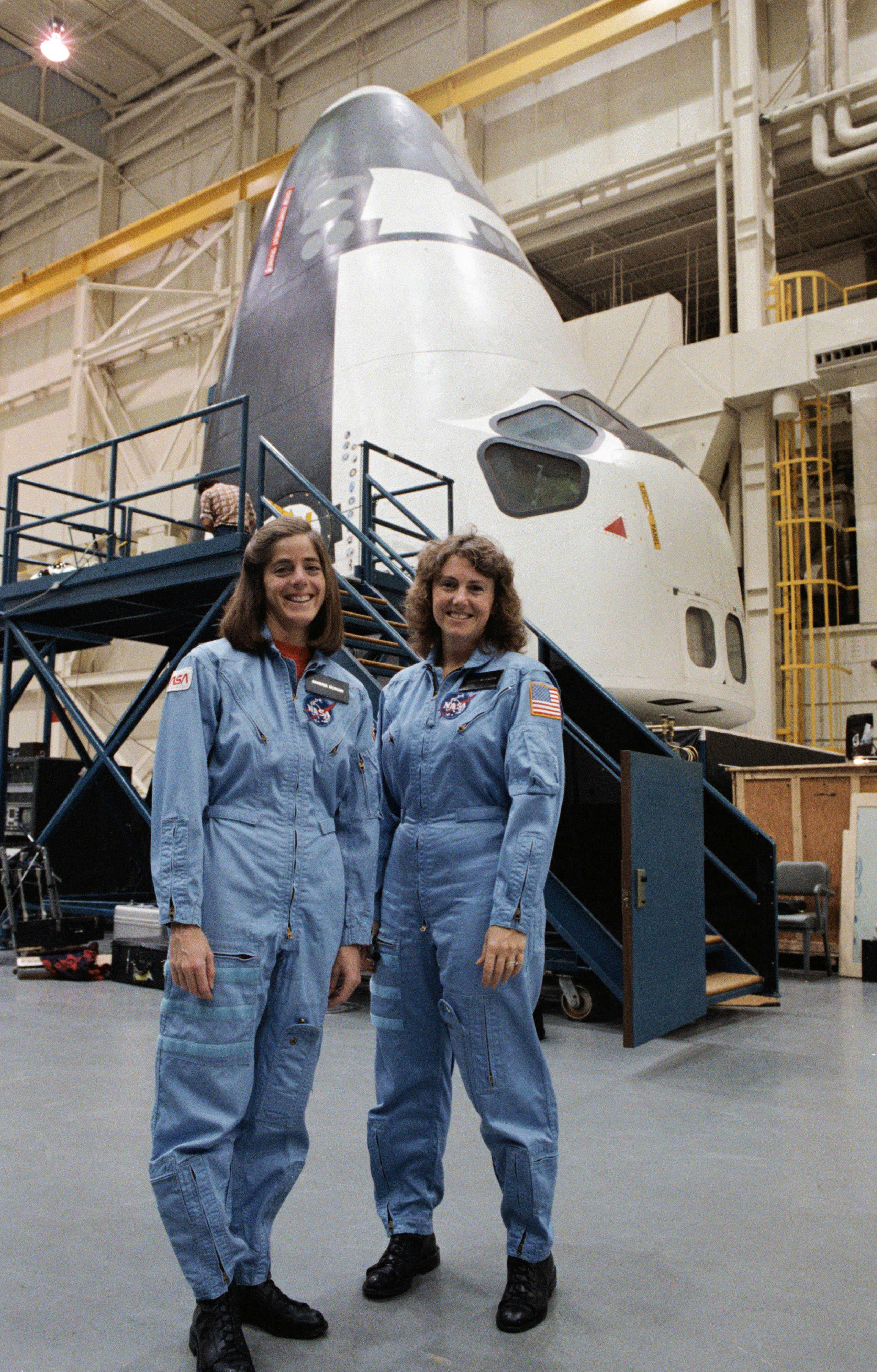
Left: The STS-51L crew receives a briefing on crew escape procedures. Middle: The STS-51L crew receives a briefing on water evacuation. Right: Barbara R. Morgan, left, and S. Christa McAuliffe pose in front of the space shuttle crew compartment trainer.
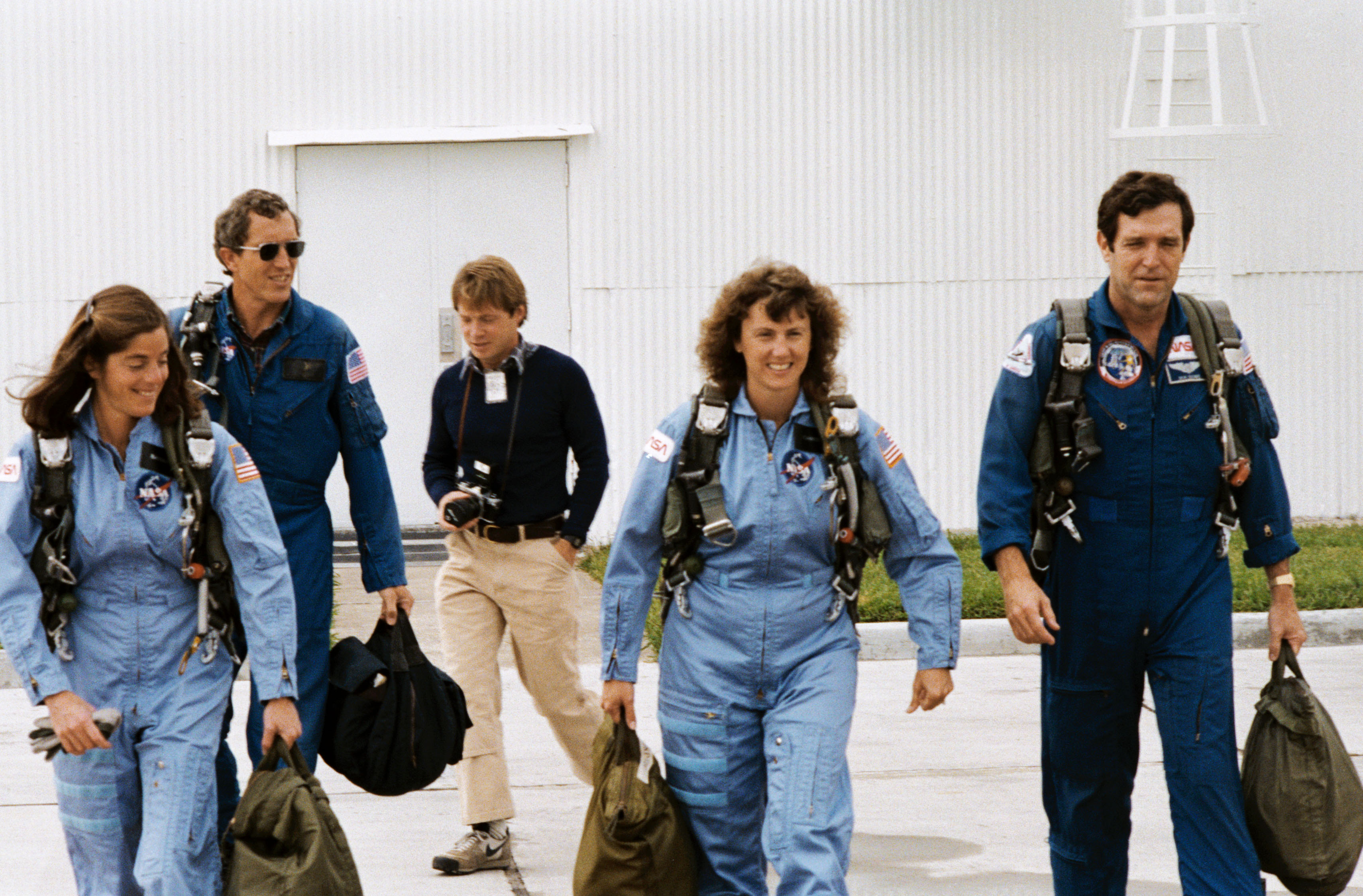
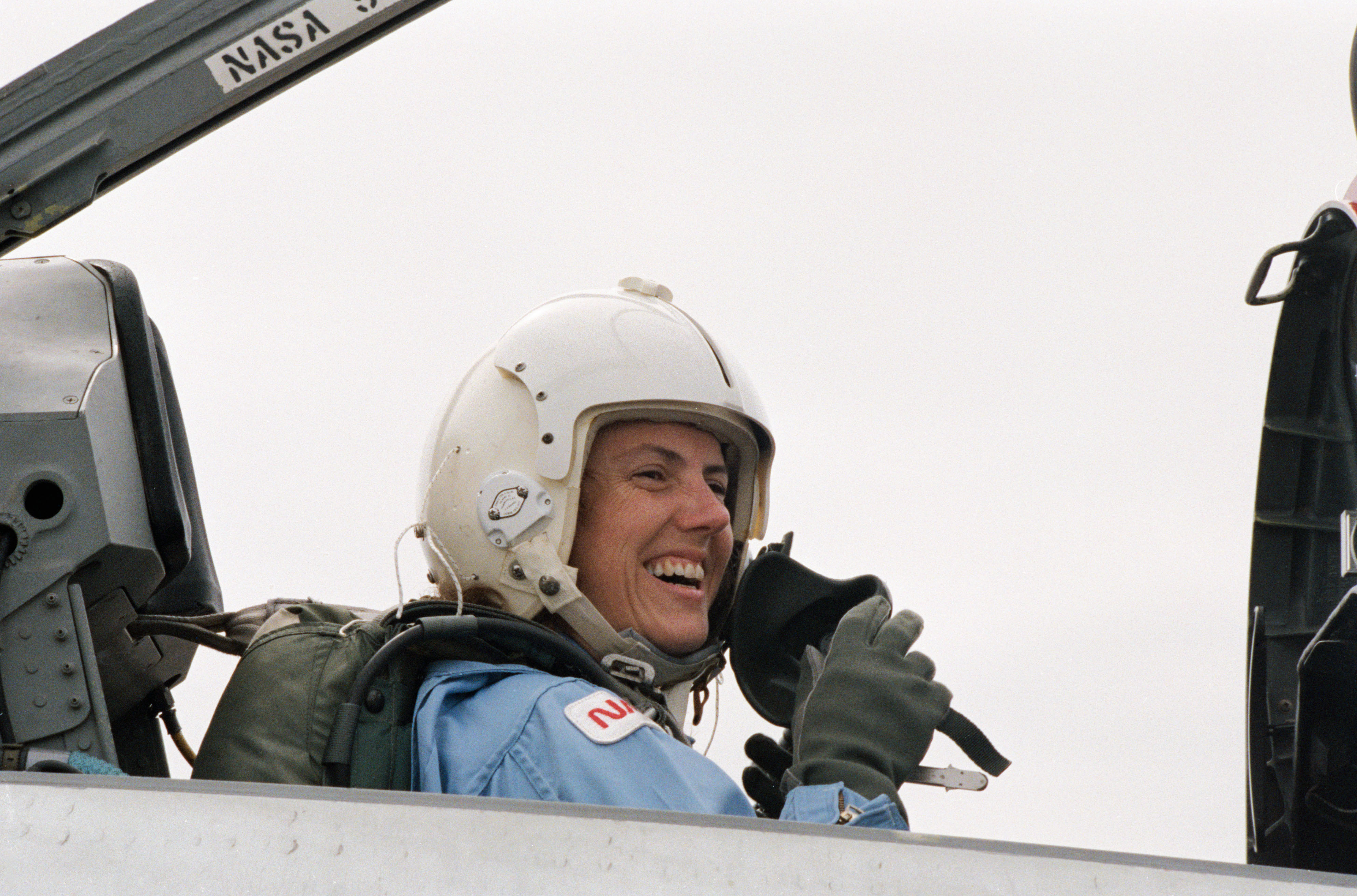
Left: At Houston’s Ellington Air Force Base, Barbara R. Morgan, Michael J. Smith, a photographer, S. Christa McAuliffe, and Francis R. “Dick” Scobee walk onto the tarmac toward T-38 jet trainers. Right: McAuliffe in the backseat of a T-38 prior to takeoff.
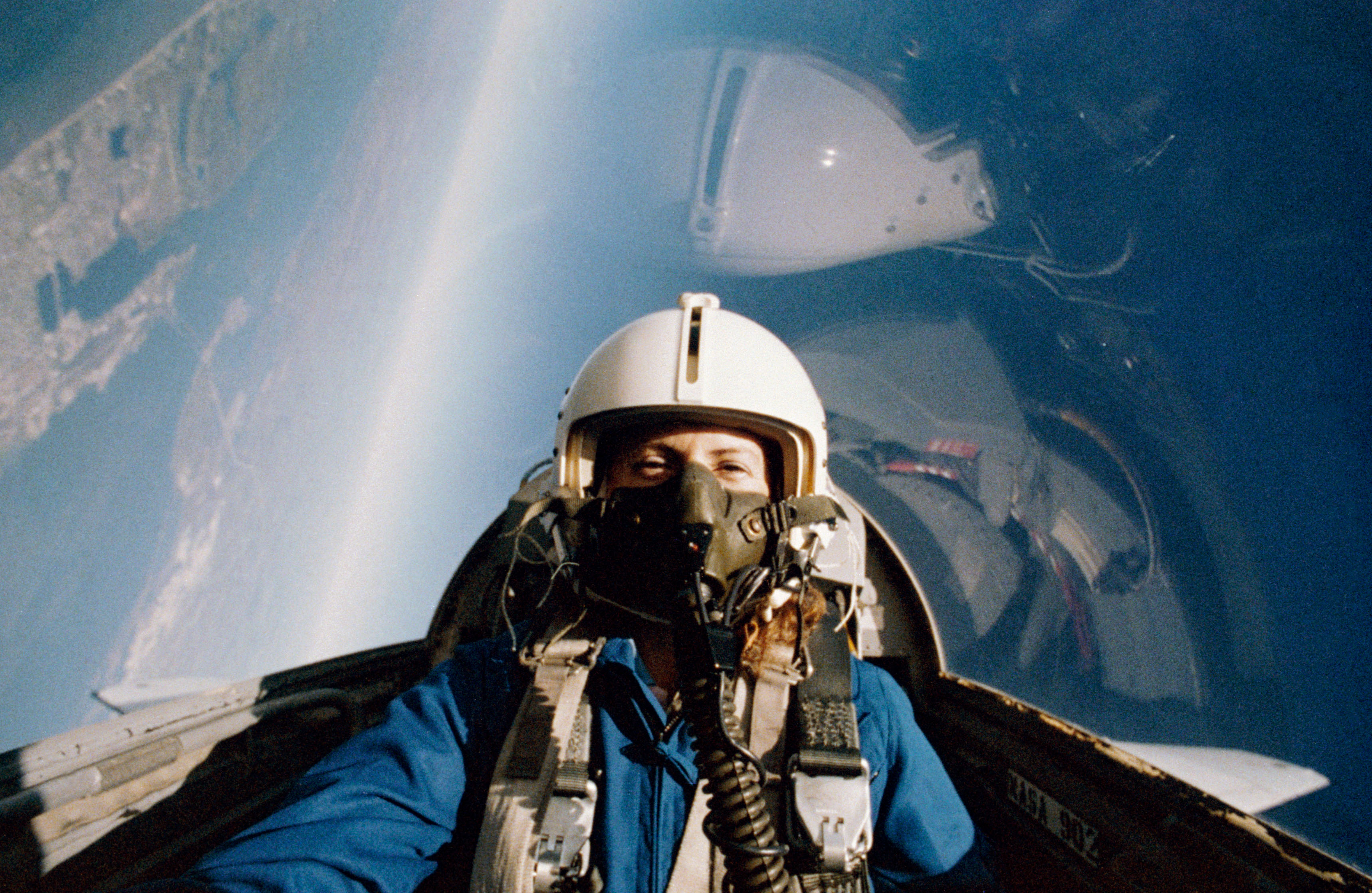

Left: Teacher in Space designee S. Christa McAuliffe in the backseat of a T-38 jet trainer during a right turn, with part of Galveston Island visible at left. Right: Michael J. Smith, left, Barbara R. Morgan, McAuliffe, and Francis R. “Dick” Scobee following training flights aboard T-38 jets.

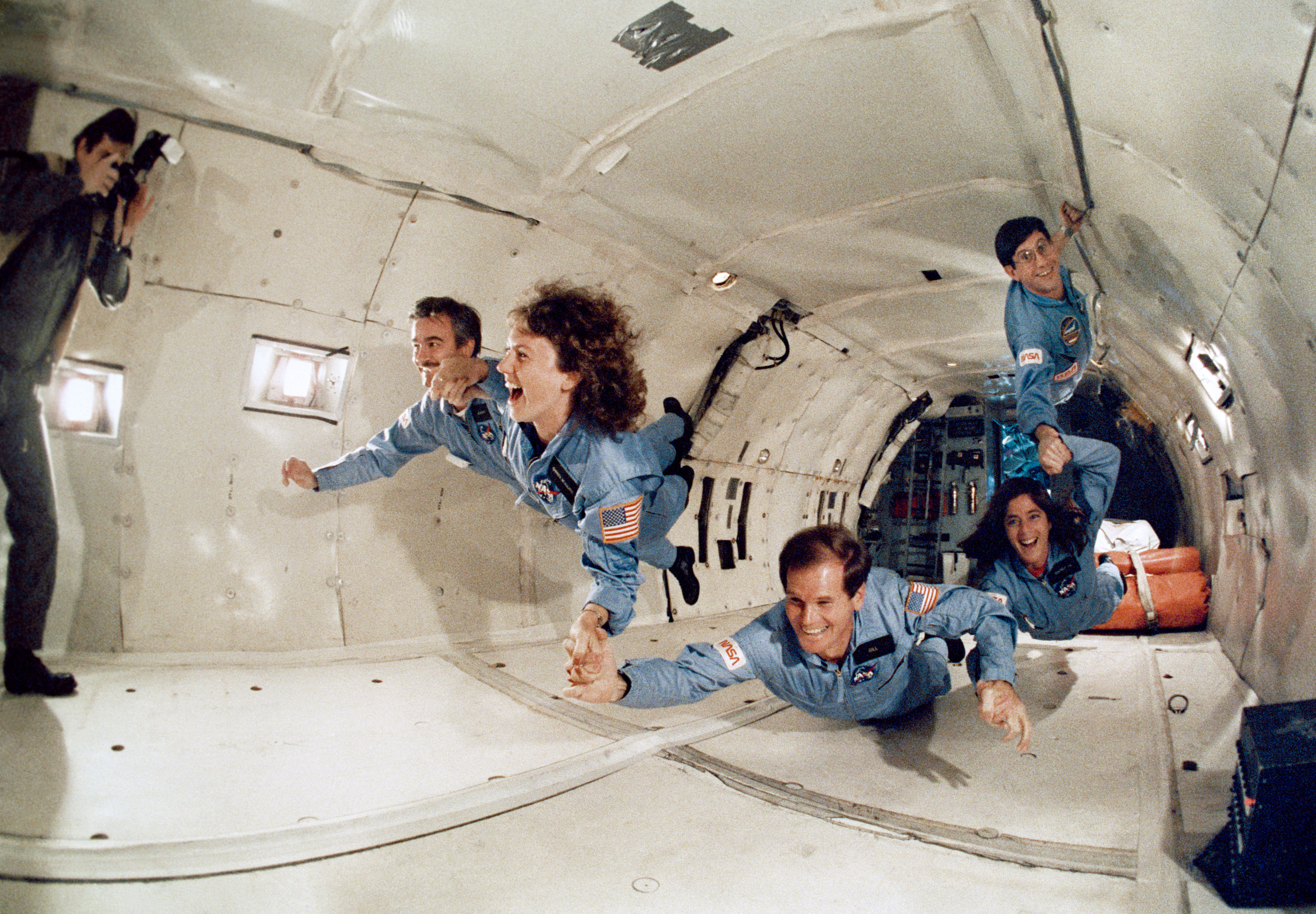
Left: Backup Teacher in Space Barbara R. Morgan, left, prime Teacher in Space S. Christa McAuliffe, Payload Specialist Gregory B. Jarvis, and Mission Specialist Ronald E. McNair in the middeck of the Shuttle Mission Simulator. Right: Teacher in Space McAuliffe, second from left, and her backup Morgan, get a taste of weightlessness aboard NASA’s KC-135, along with STS-61C Payload Specialist Congressman C. William “Bill” Nelson, now serving as NASA’s 14th administrator.
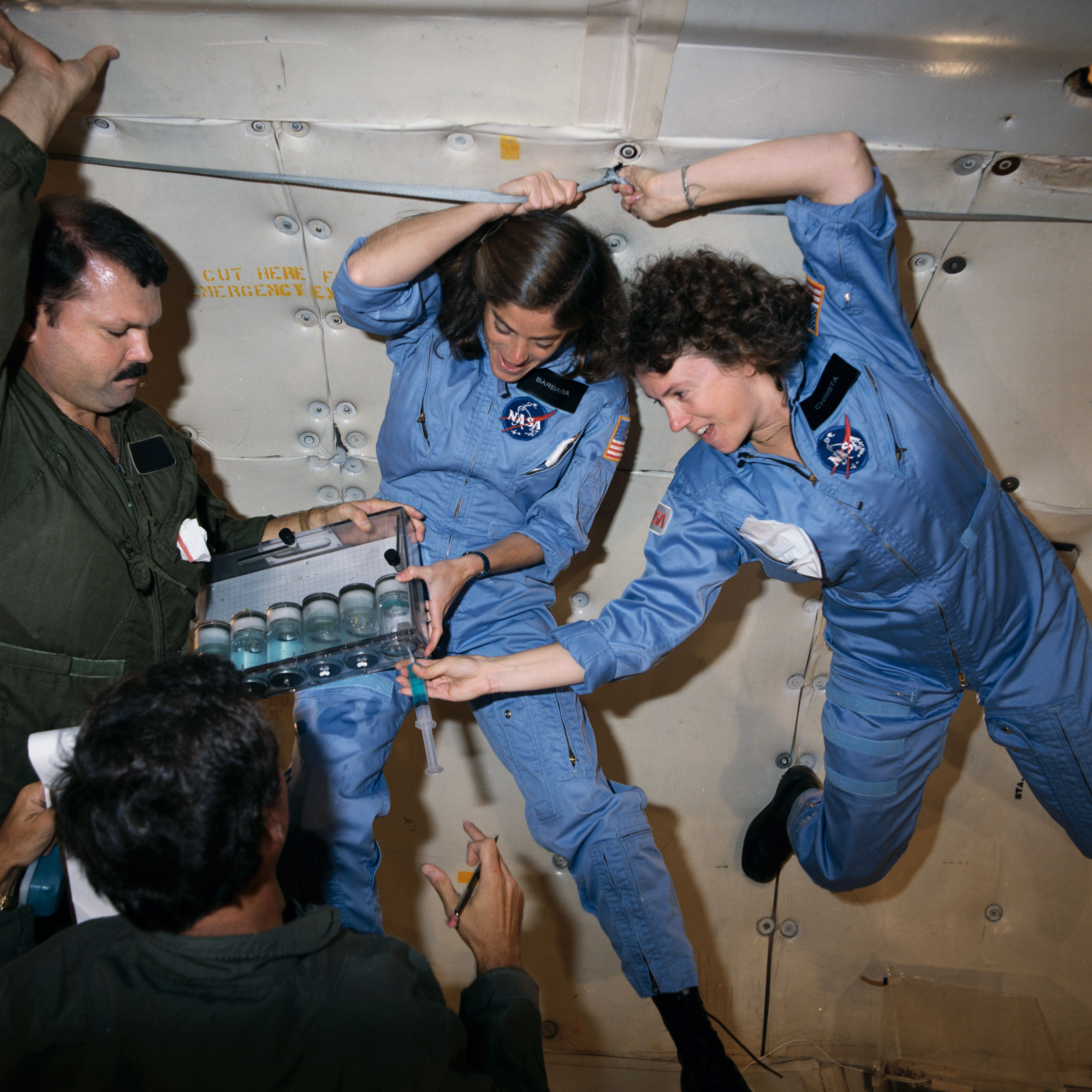
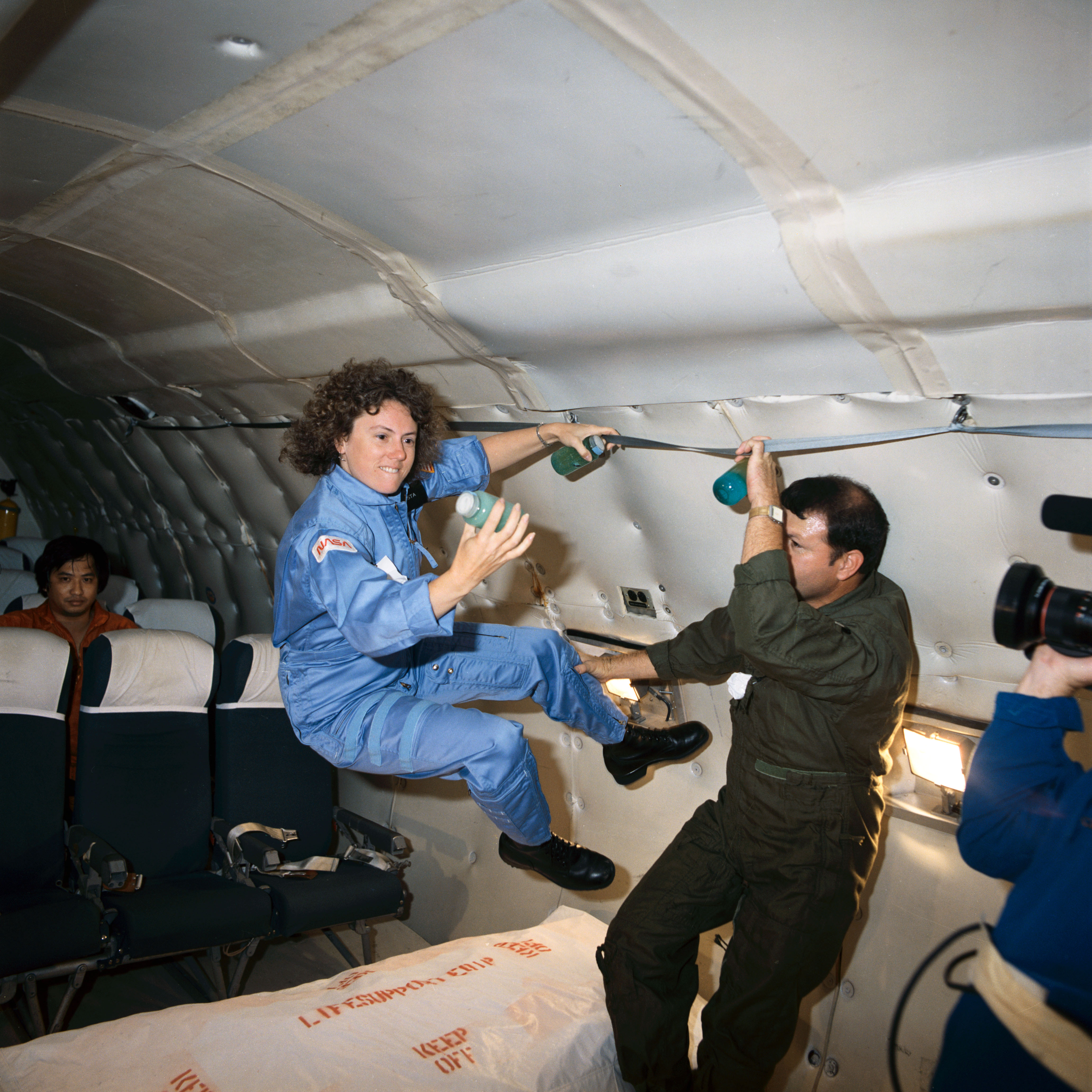
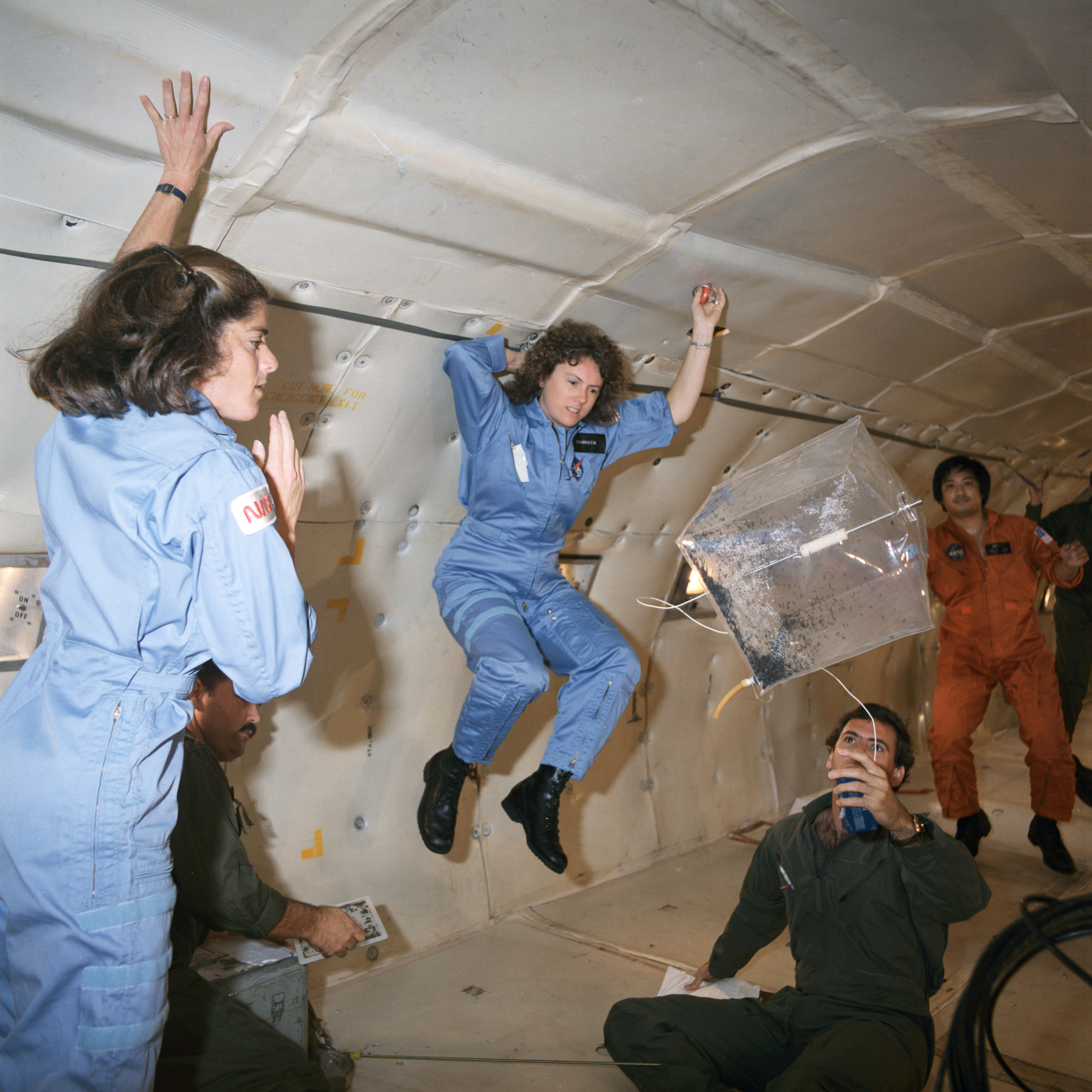
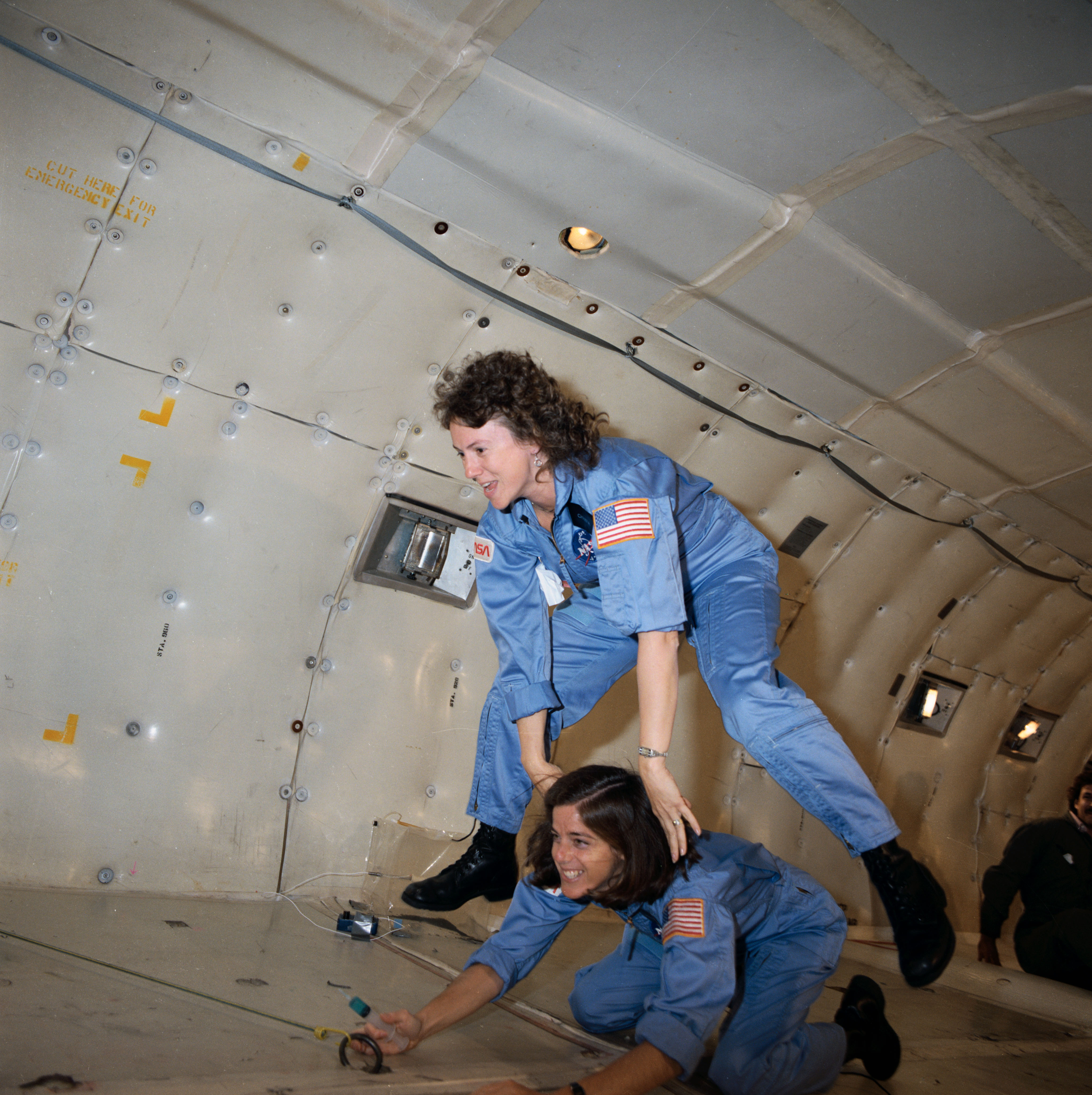
Training aboard the KC-135 for Teacher in Space demonstrations. Left: Hydroponics in Microgravity. Middle left: Molecular Mixing Experiment. Middle right: Magnetic Effects. Right: Leapfrog in Microgravity – not an actual experiment.
During her flight, McAuliffe planned to conduct two live lessons from space and record film for six demonstrations. The first lesson, “The Ultimate Field Trip,” sought to allow students to compare daily life aboard the shuttle versus on Earth. The second lesson, “Where We’ve Been, Where We’re Going, Why?” would explain the reasons for exploring space and making use of its unique environment for manufacturing certain products. The six filmed demonstrations included topics such as magnetism, Newton’s Laws, effervescence, simple machines and tools, hydroponics, and chromatographic separation, and how each of these behaves in weightlessness. Since McAuliffe could not complete these activities, many years later astronauts aboard the space station completed her mission by filming the demonstrations and preparing classroom lessons.
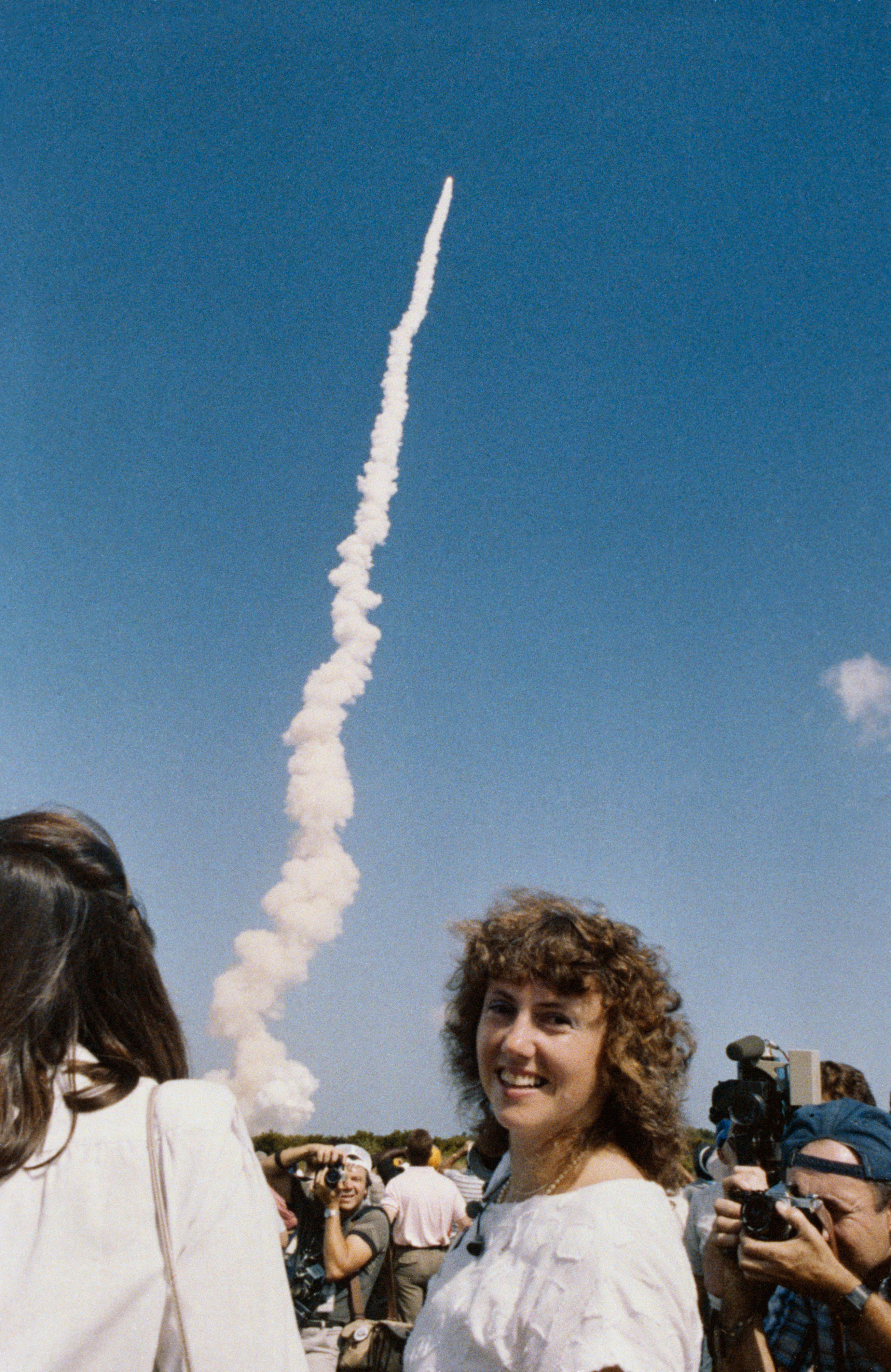


Left: At NASA’s Kennedy Space Center in Florida, Teacher in Space S. Christa McAuliffe watches the launch of space shuttle Challenger on the STS-61A Spacelab D1 mission. Middle: The STS-51L crew answer reporters’ questions following the Terminal Countdown Demonstration Test (TCDT). Right: During the TCDT, the crew practices emergency evacuation procedures.
To prepare for the upcoming launch, McAuliffe and Morgan traveled to NASA’s Kennedy Space Center (KSC) in Florida to witness the liftoff of the STS-61A Spacelab D1 mission, the last flight of space shuttle Challenger before STS-51L, on Oct. 30. The entire STS-51L crew returned to Florida for the Jan. 8, 1986, Terminal Countdown Demonstration Test (TCDT), essentially a dress rehearsal for the actual countdown to launch, planned for two weeks later. As part of the TCDT, the astronauts practiced evacuations drills from the shuttle in case of a fire or other emergency. After the test, they returned to Houston to complete last-minute training.
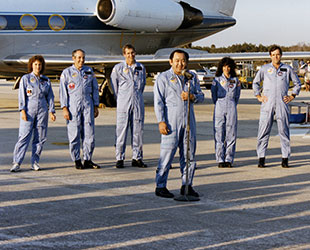


Left: The STS-51L crew arrives at NASA’s Kennedy Space Center in Florida a few days before launch. Middle: The STS-51L crew at the traditional prelaunch breakfast. Right: The STS-51L astronauts leave crew quarters on their way to Launch Pad 39B.
On Jan. 23, the STS-51L crew arrived at KSC for the launch set for Jan. 26. Bad weather caused a one-day delay, and the crew suited up, rode out to the pad, and boarded Challenger. A problem closing the hatch followed by poor weather caused a scrub of the launch attempt. On Jan. 28, the crew went back out to the pad in unusually cold weather for Florida and took their places aboard Challenger. This time, the launch took place on time.

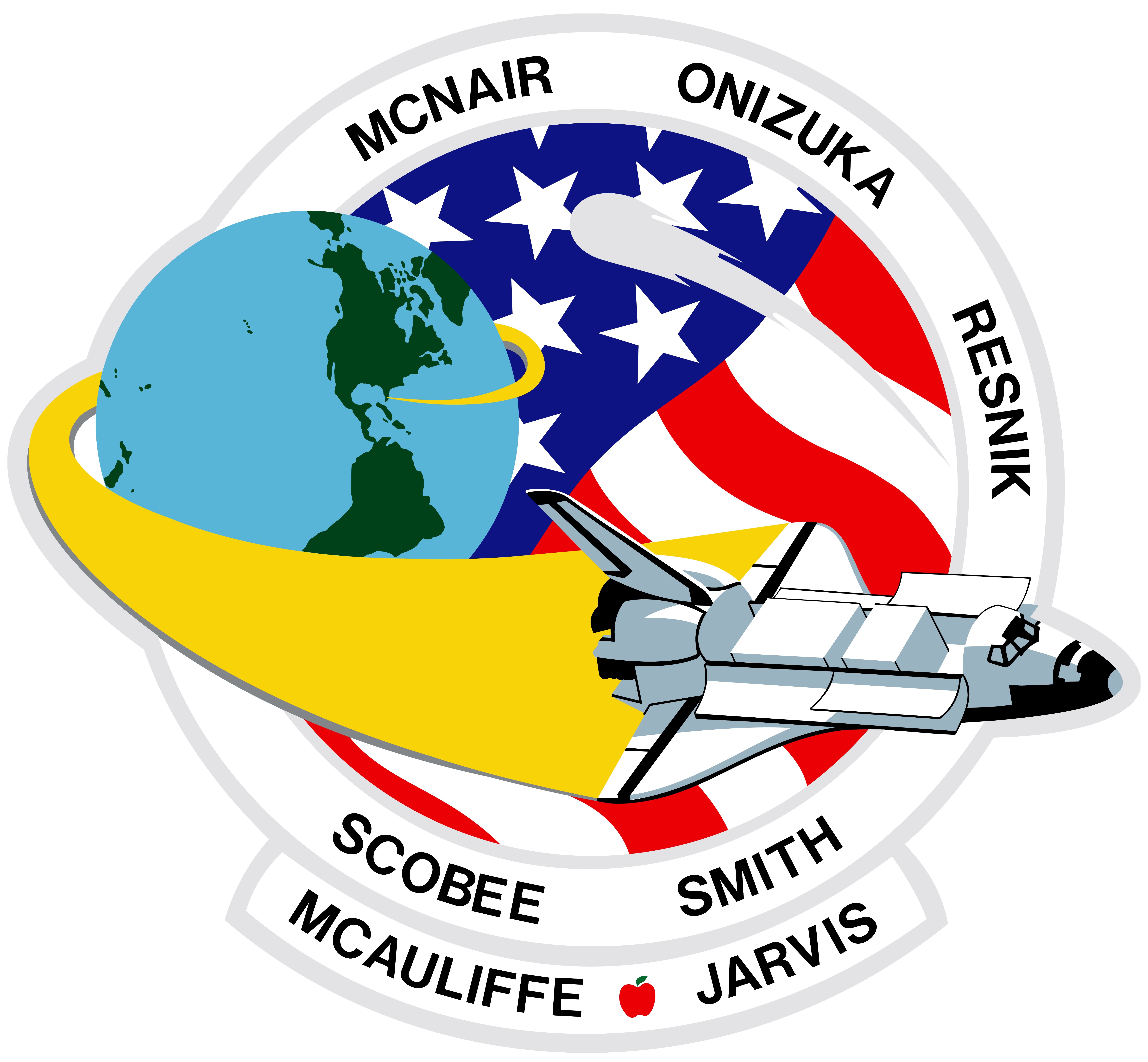
Left: The official photograph of the STS-51L crew. Right: The STS-51L crew patch, with an apple representing S. Christa McAuliffe and the Teacher in Space project.
Following the Challenger accident, the Teacher in Space project remained active for a time as NASA reevaluated the entire Space Flight Participant Program. Morgan assumed the role of Teacher in Space designee for a few months, returning to Idaho in the fall of 1986 to resume her teaching duties, yet maintained her contact with NASA. In 1990, NASA canceled the Teacher in Space project.
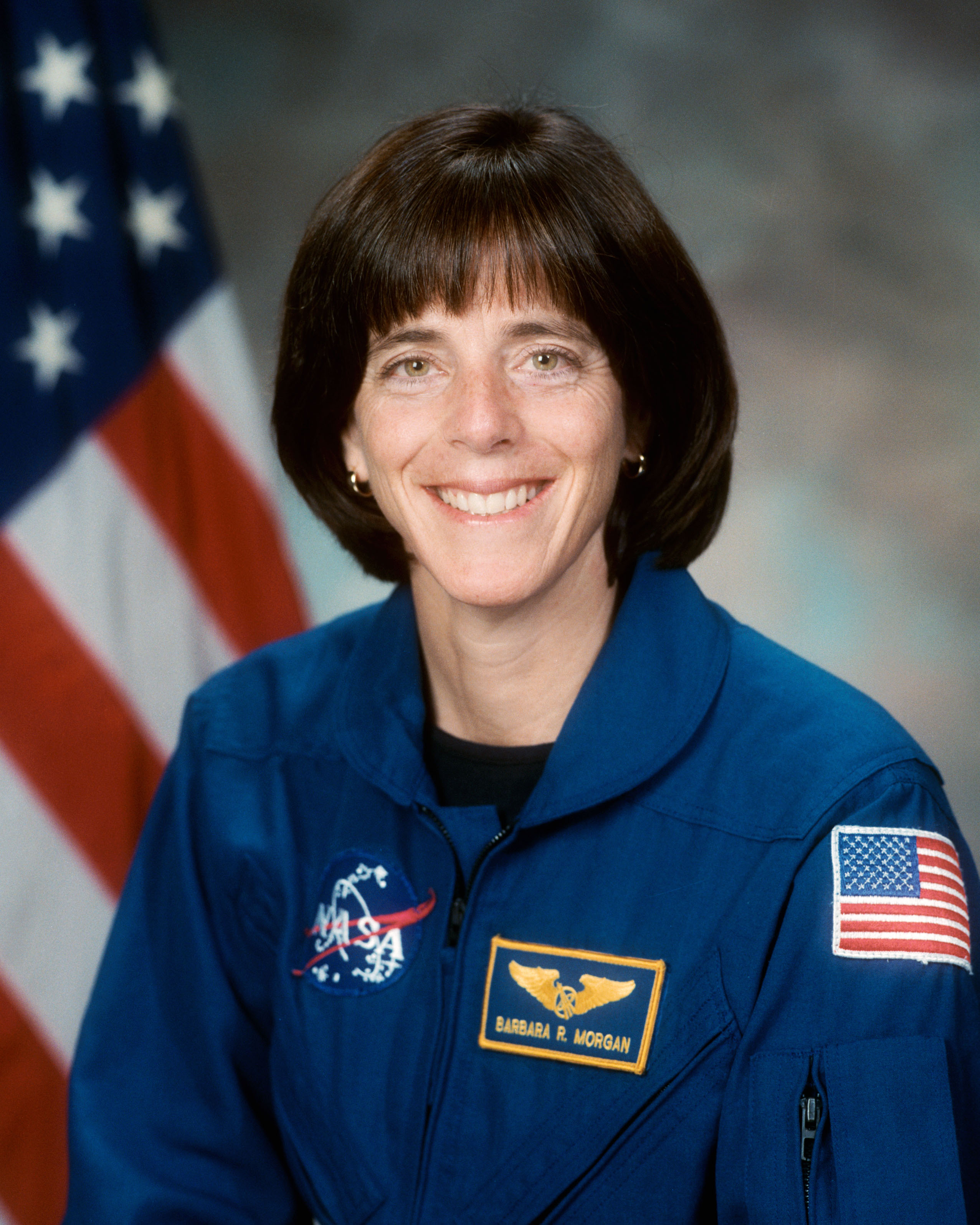
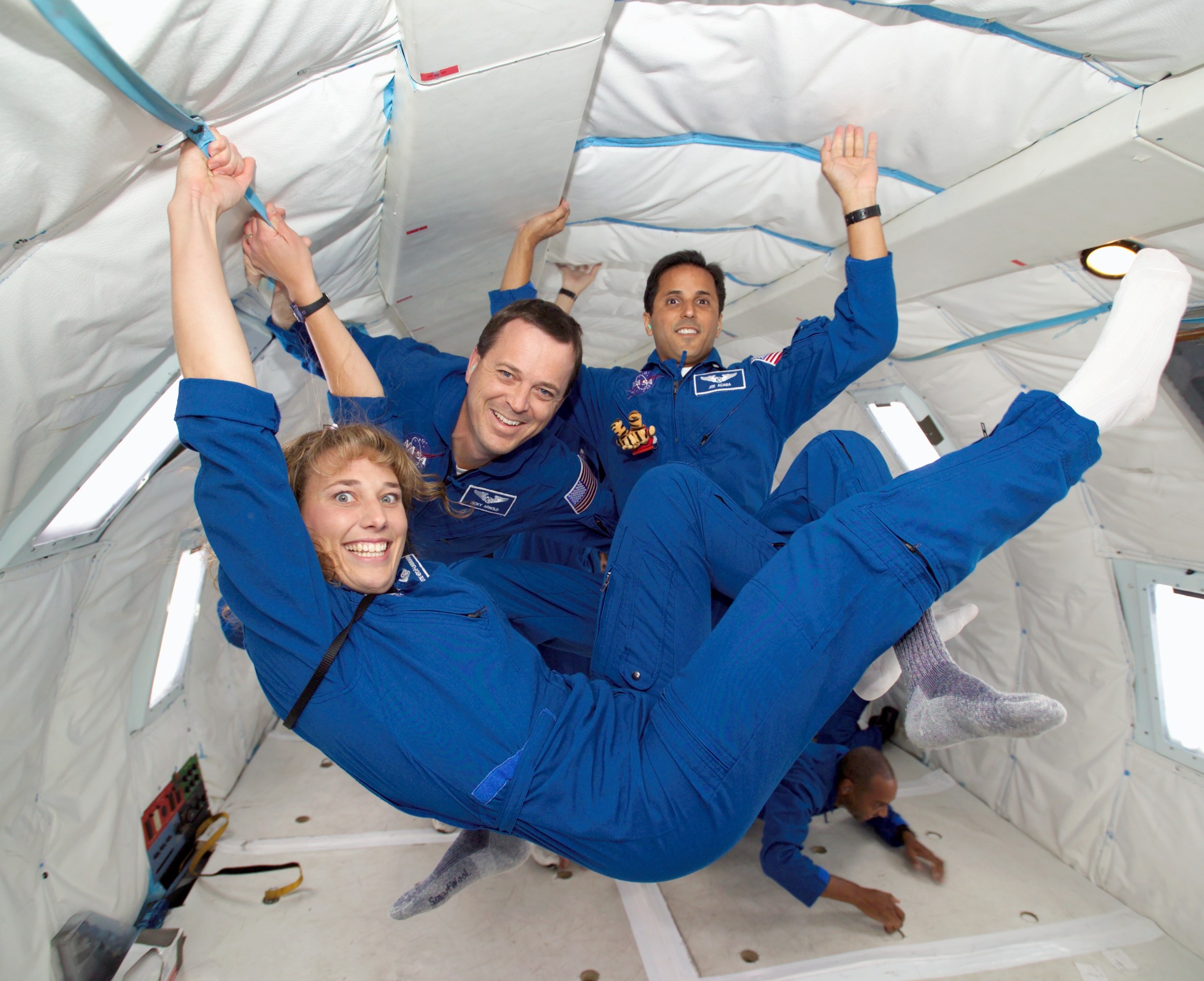

Left: Official portrait of Barbara R. Morgan following her selection as a NASA astronaut in 1998. Middle: In 2004, NASA selected Educator Astronauts Dorothy “Dottie” M. Metcalf-Lindenburger, left, Richard “Ricky” R. Arnold, and Joseph “Joe” M. Acaba as members of the Group 19 astronauts. Right: Emblem of the Year of Education on Station.
In 1998, NASA invited Morgan to join the next astronaut selection group, not as a teacher but as a full-fledged mission specialist, eligible for multiple flights. That same year, NASA initiated its Educator Astronaut program, in which the agency selected qualified teachers as full-time astronauts instead of payload specialists. Morgan reported for training with the rest of the Group 17 astronauts in August 1998. In 2002, NASA assigned her to the STS-118 space station assembly mission that, following delays caused by the Columbia accident, flew in August 2007 aboard Endeavour, Challenger’s replacement. In 2004, NASA selected its first Educator Astronauts as part of Group 19 – Joseph “Joe” M. Acaba, Richard R. “Rickey” Arnold, and Dorothy “Dottie” M. Metcalf-Lindenburger. Metcalf-Lindenburger flew as a mission specialist aboard the STS-131 space station assembly flight in April 2010. Acaba and Arnold flew together on STS-119 in March 2009. Acaba went on to spend 125 days aboard the space station as an Expedition 31 and 32 flight engineer between May and September 2012, and another 168 days during Expedition 53 and 54 between September 2017 and February 2018. He has served as chief of the astronaut office since February 2023. Arnold made his second flight as a flight engineer during Expedition 55 and 56 from March to October 2018. Between their nearly back-to-back missions, Acaba and Arnold spent the 2017-18 school year aboard the space station for A Year of Education on Station. As a tribute to McAuliffe and her legacy, they completed her mission, filming her demonstrations and developing corresponding lessons for classrooms.


